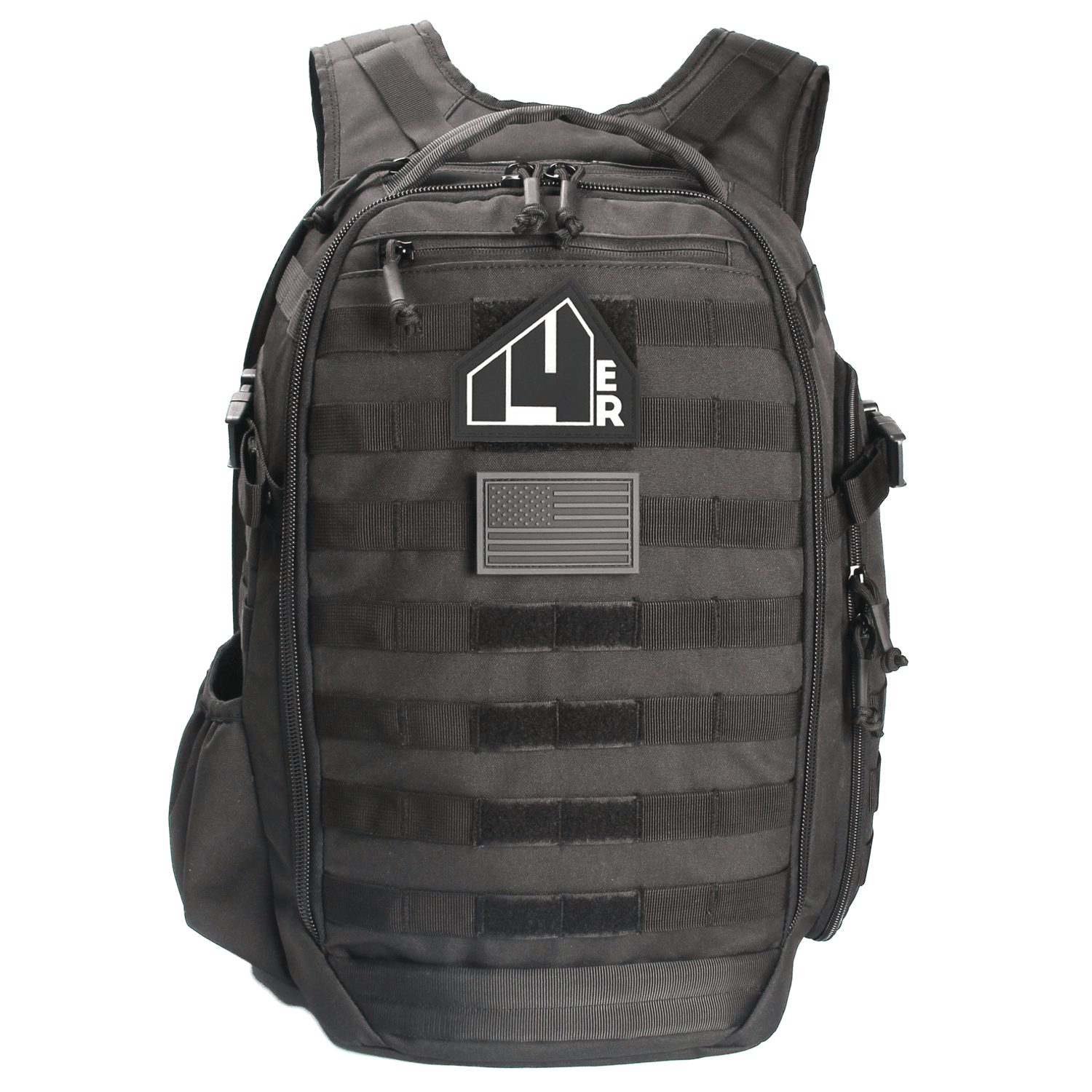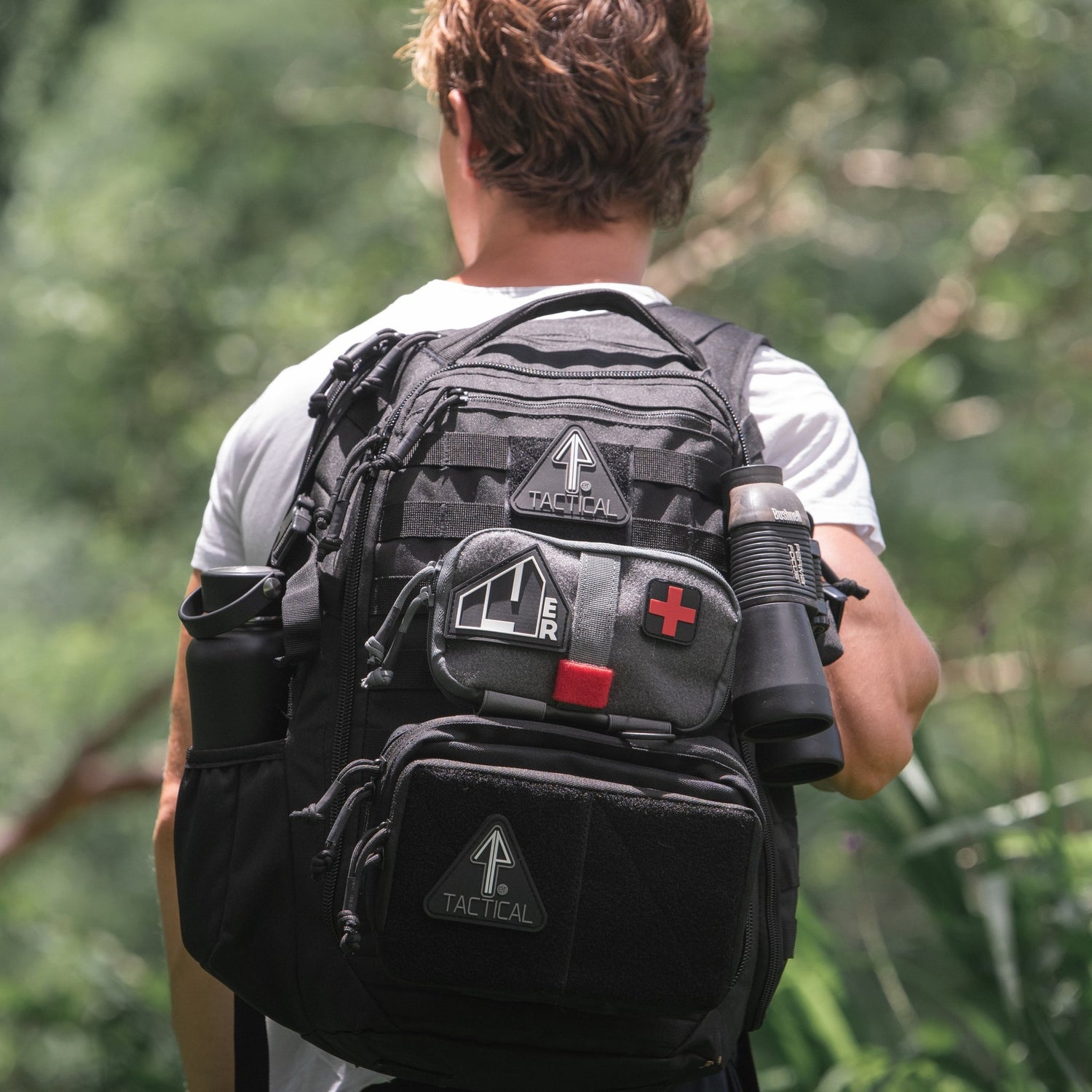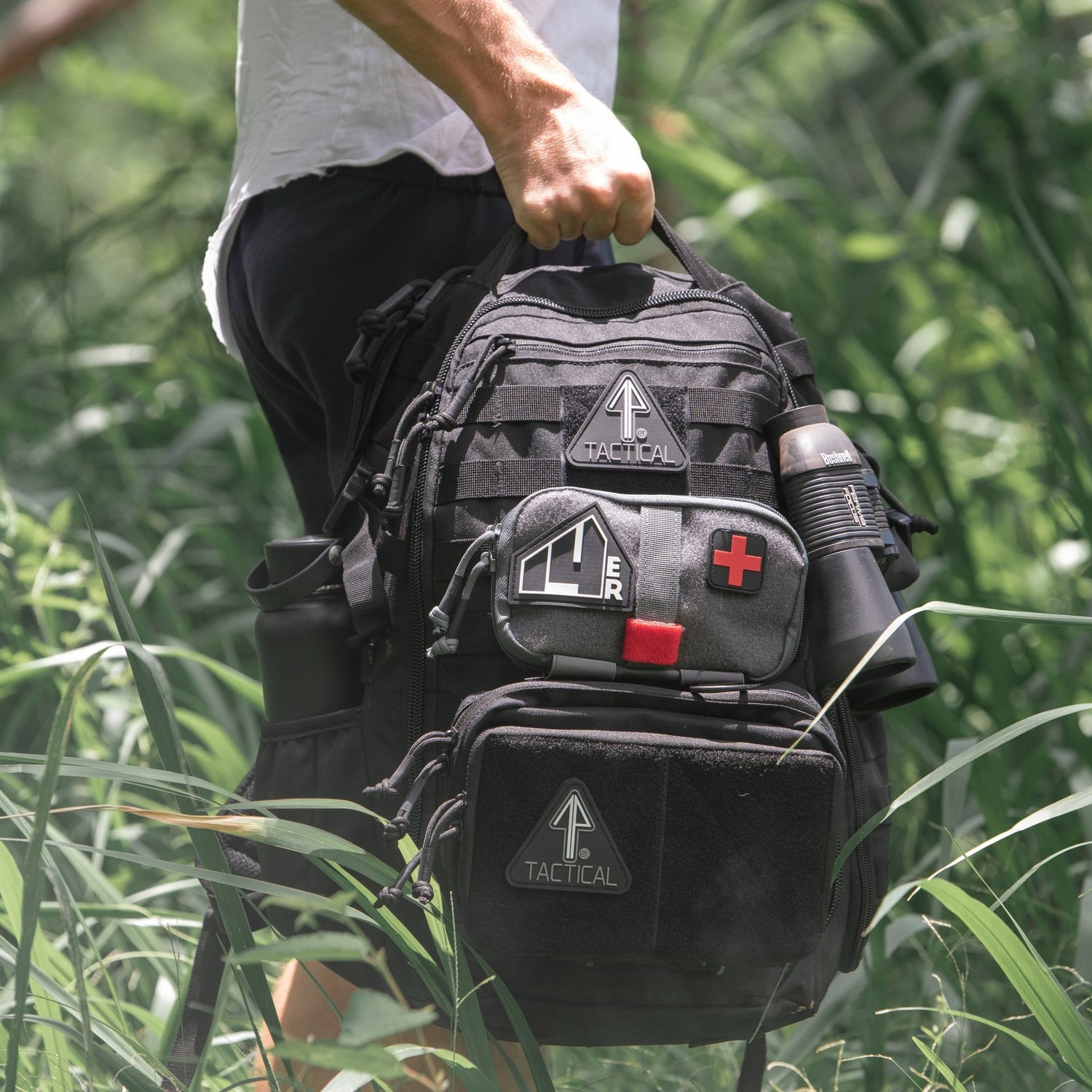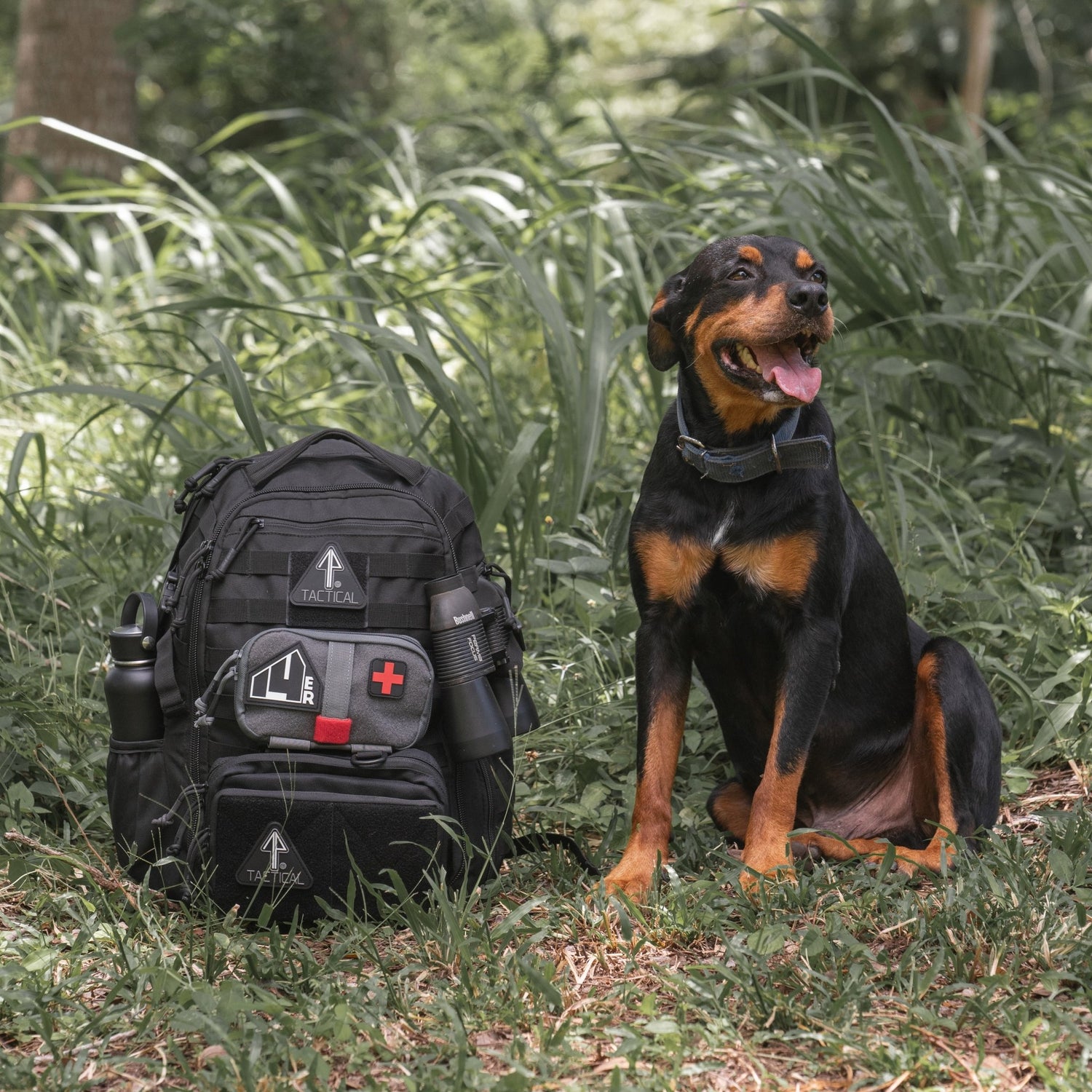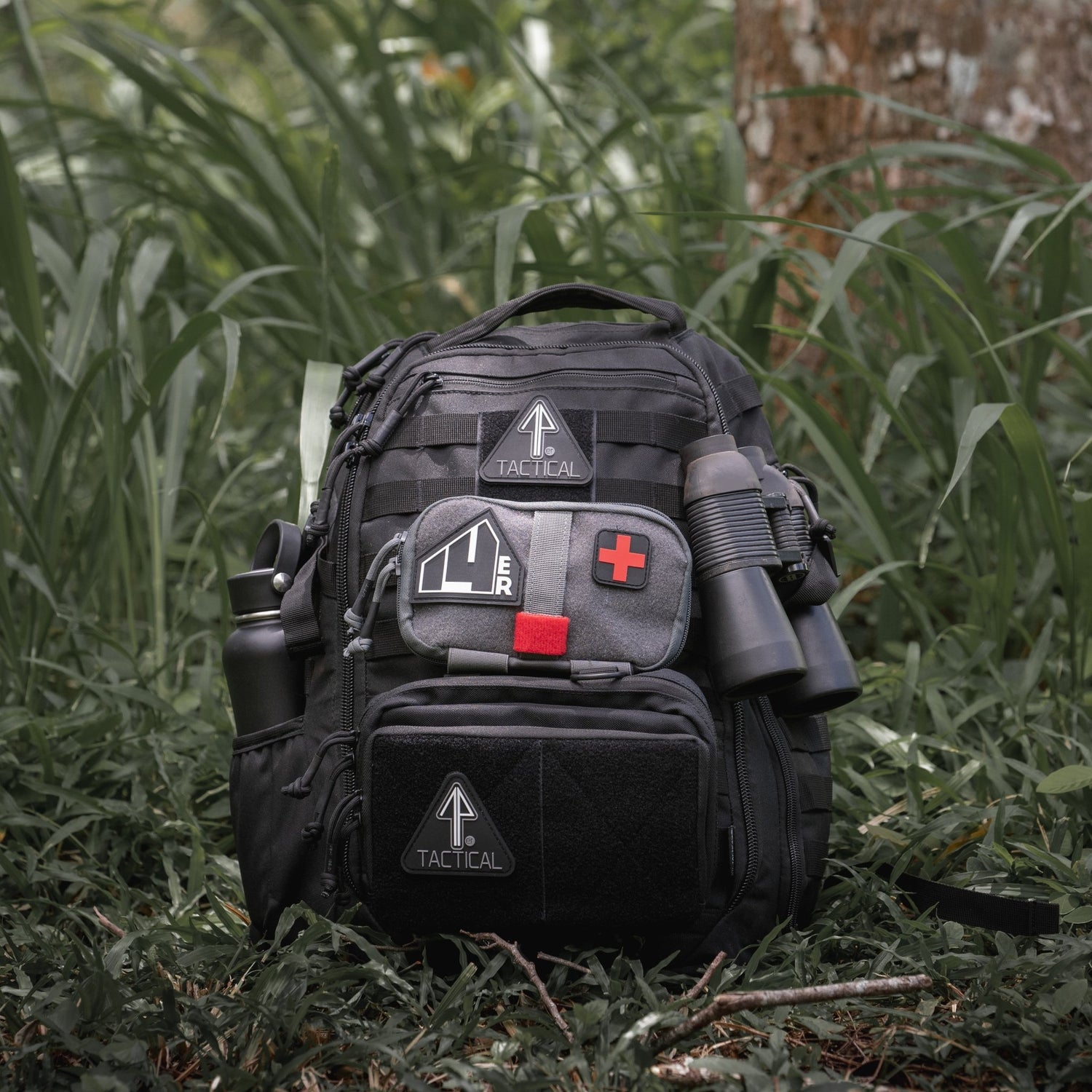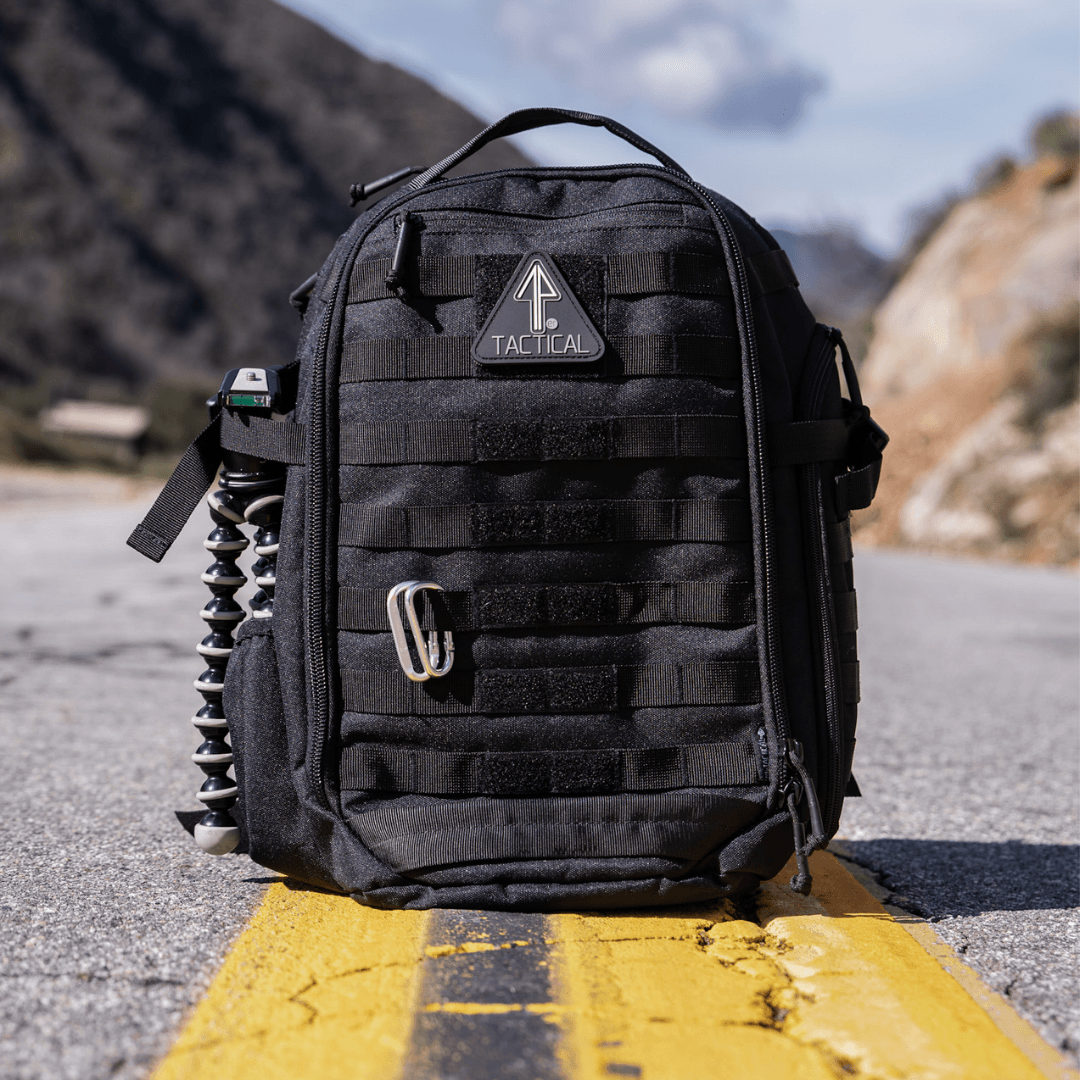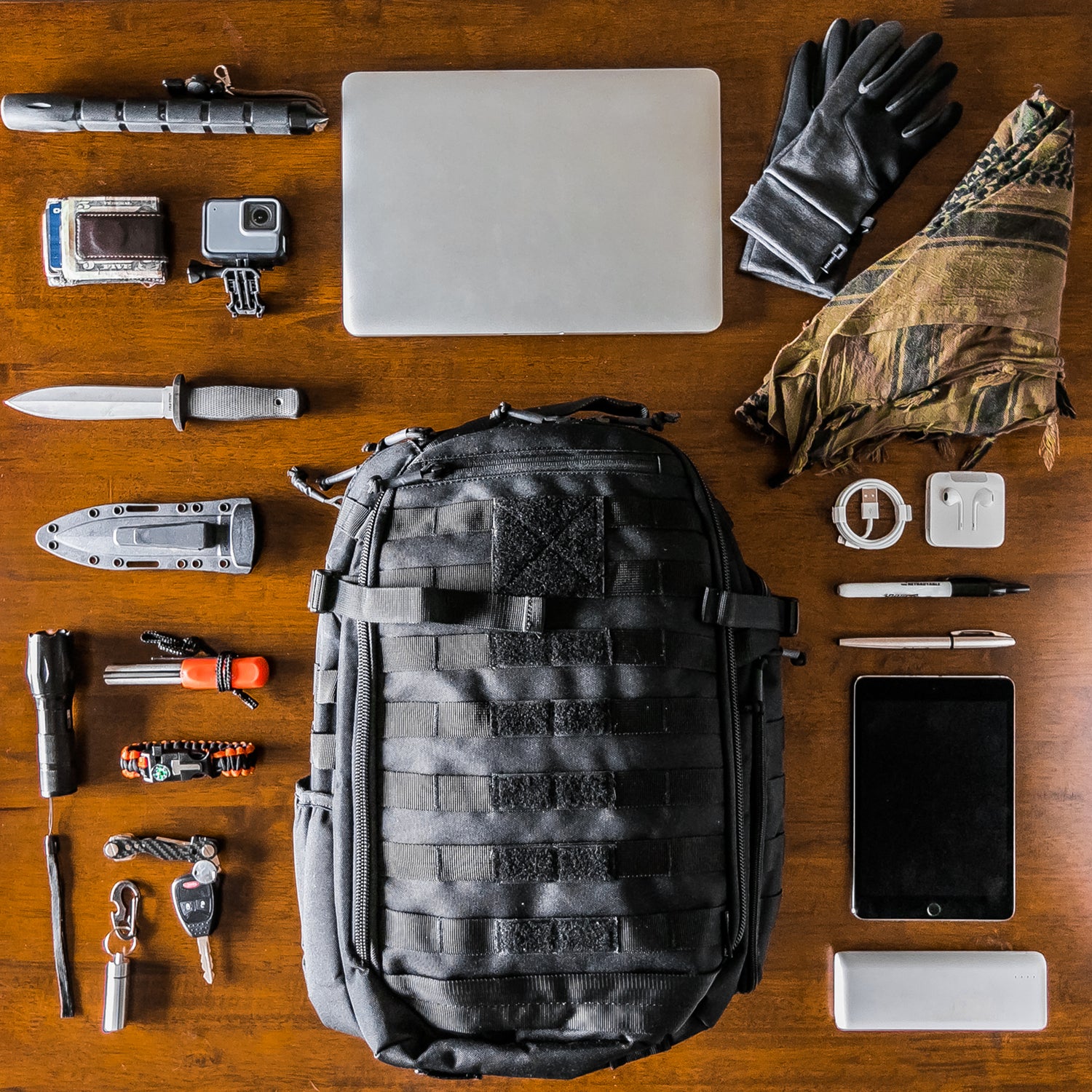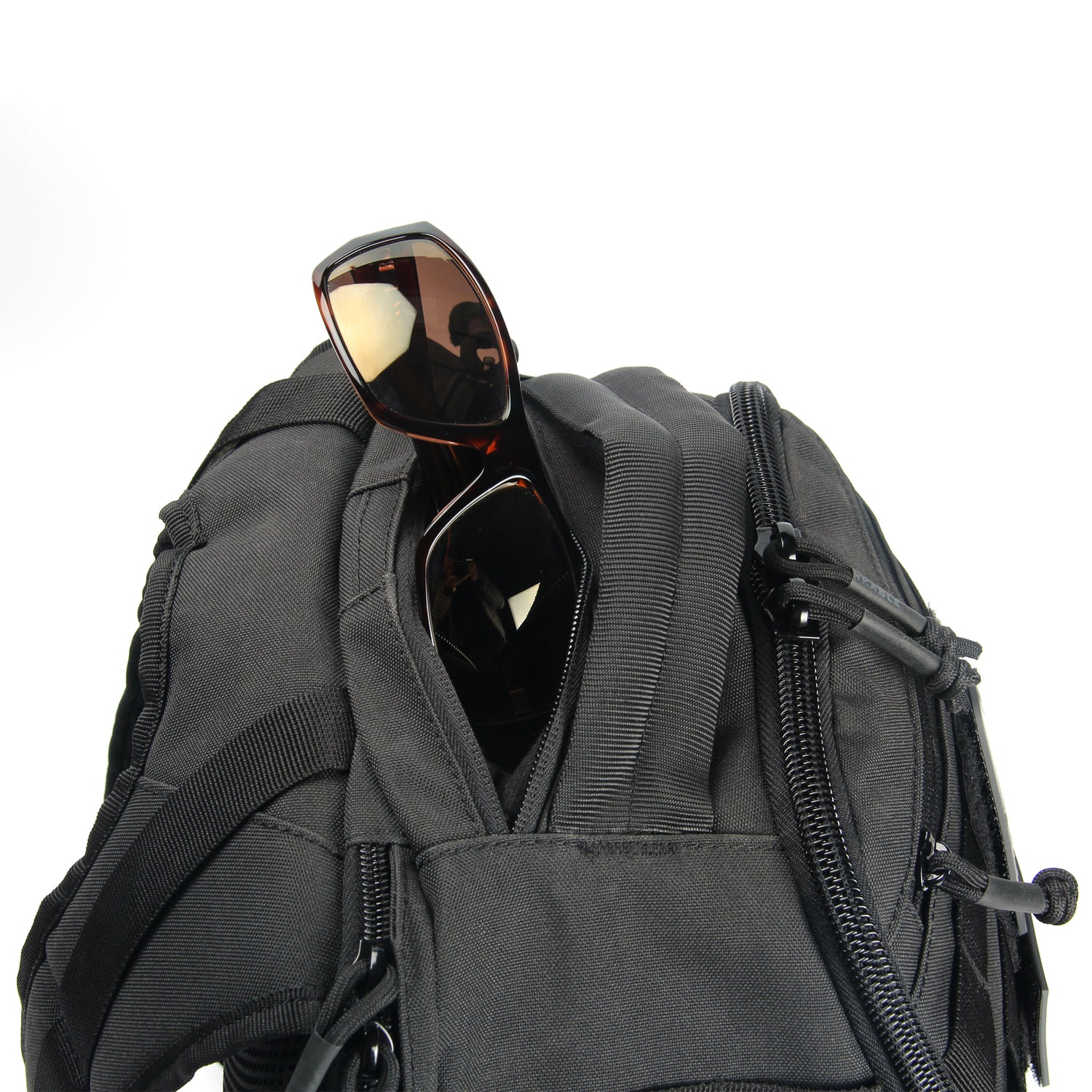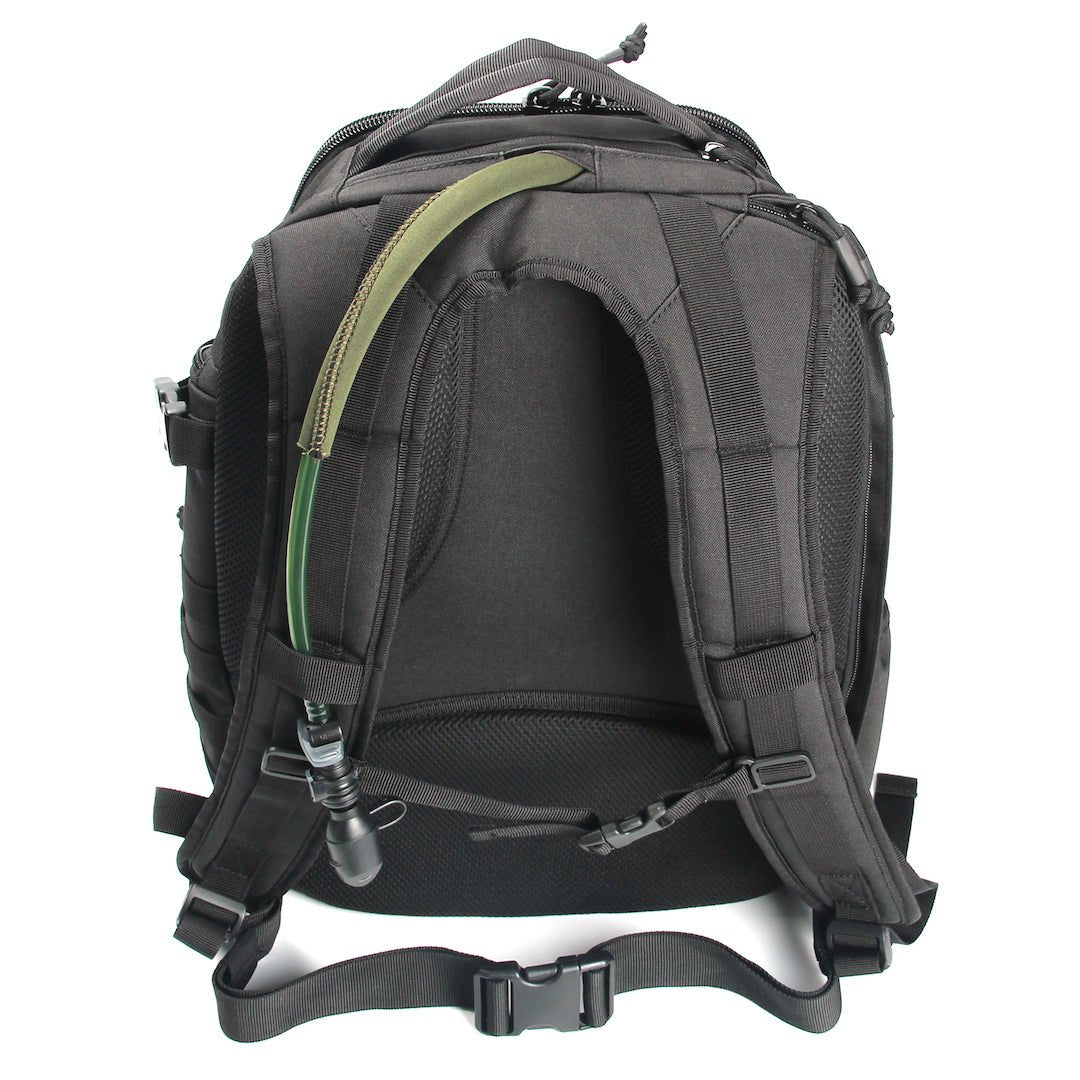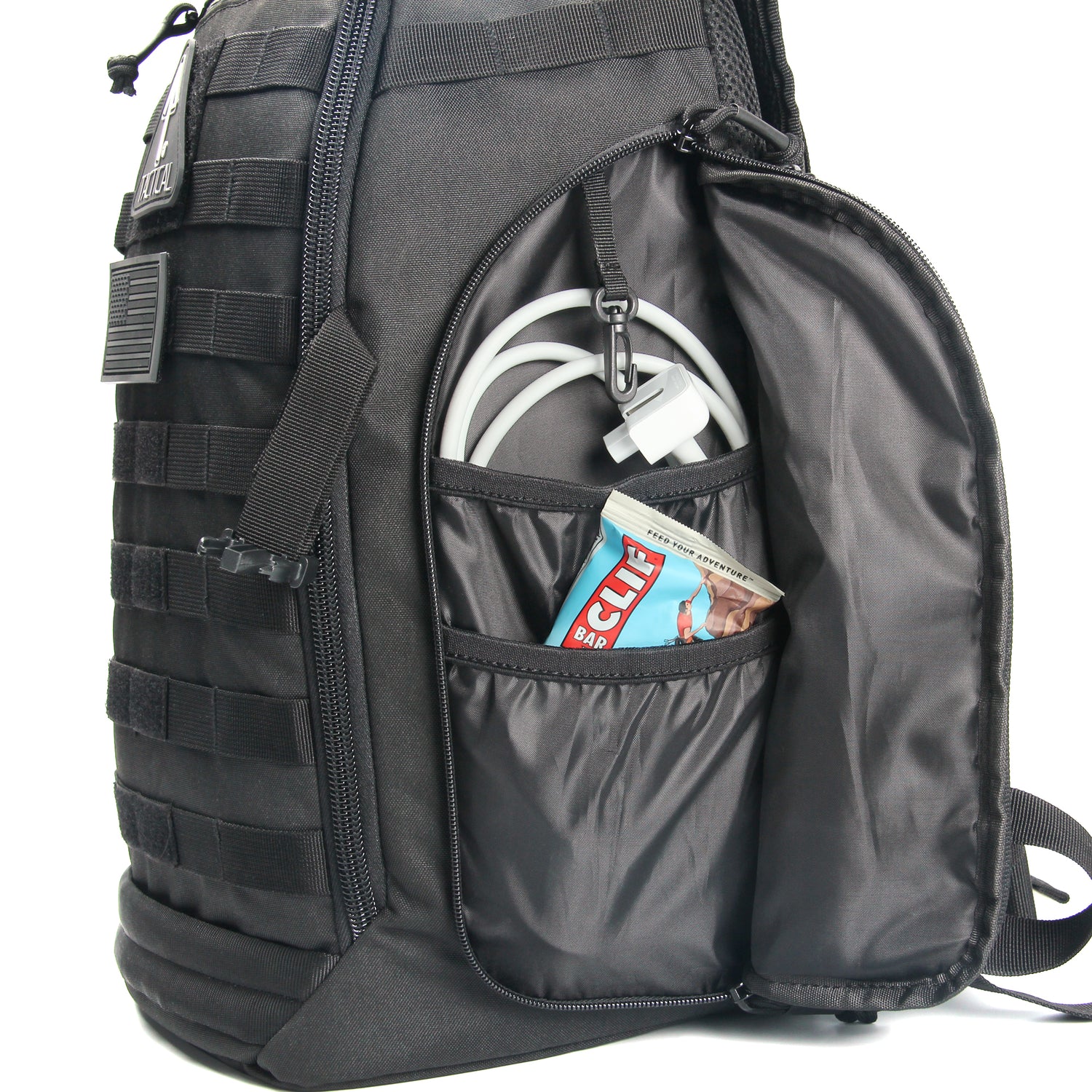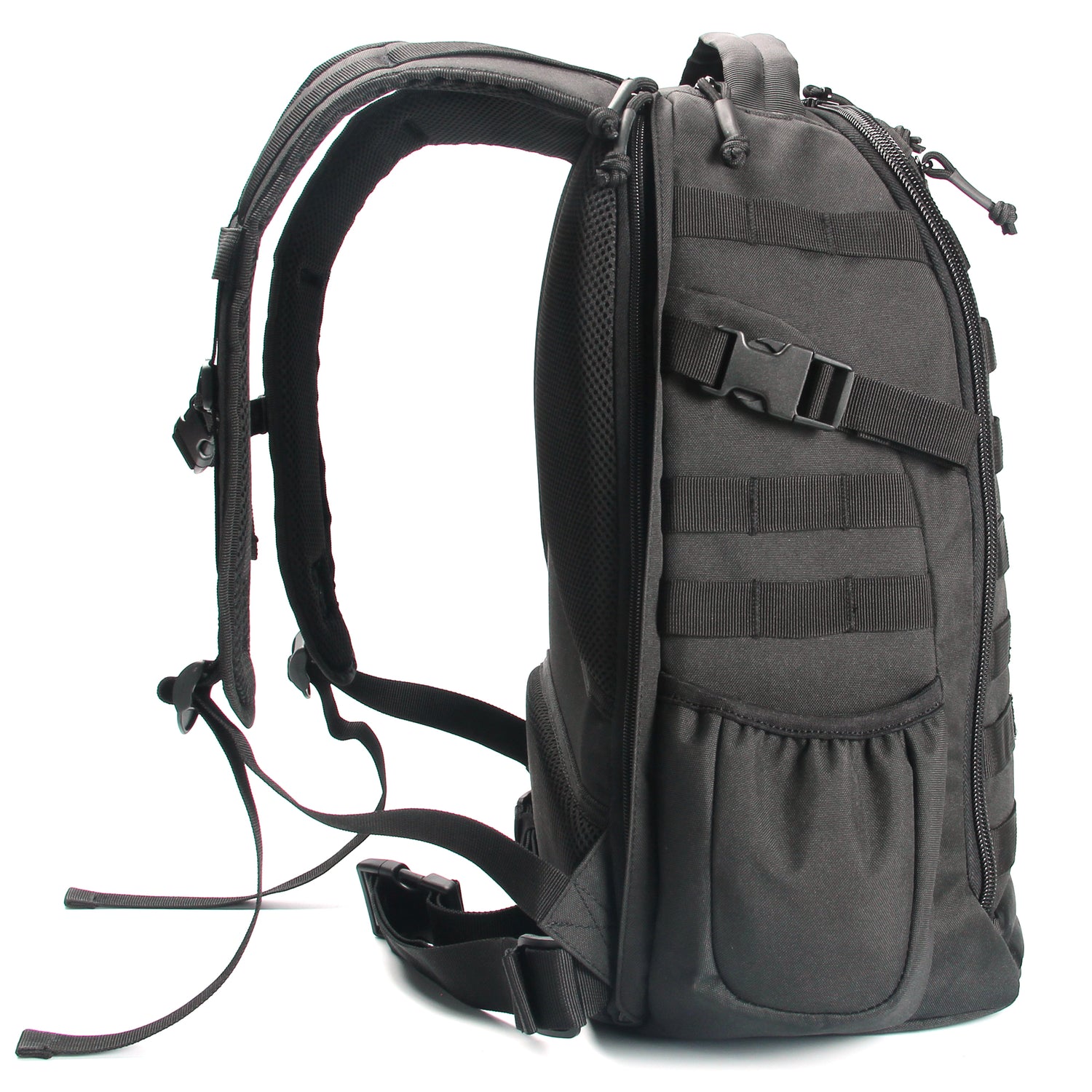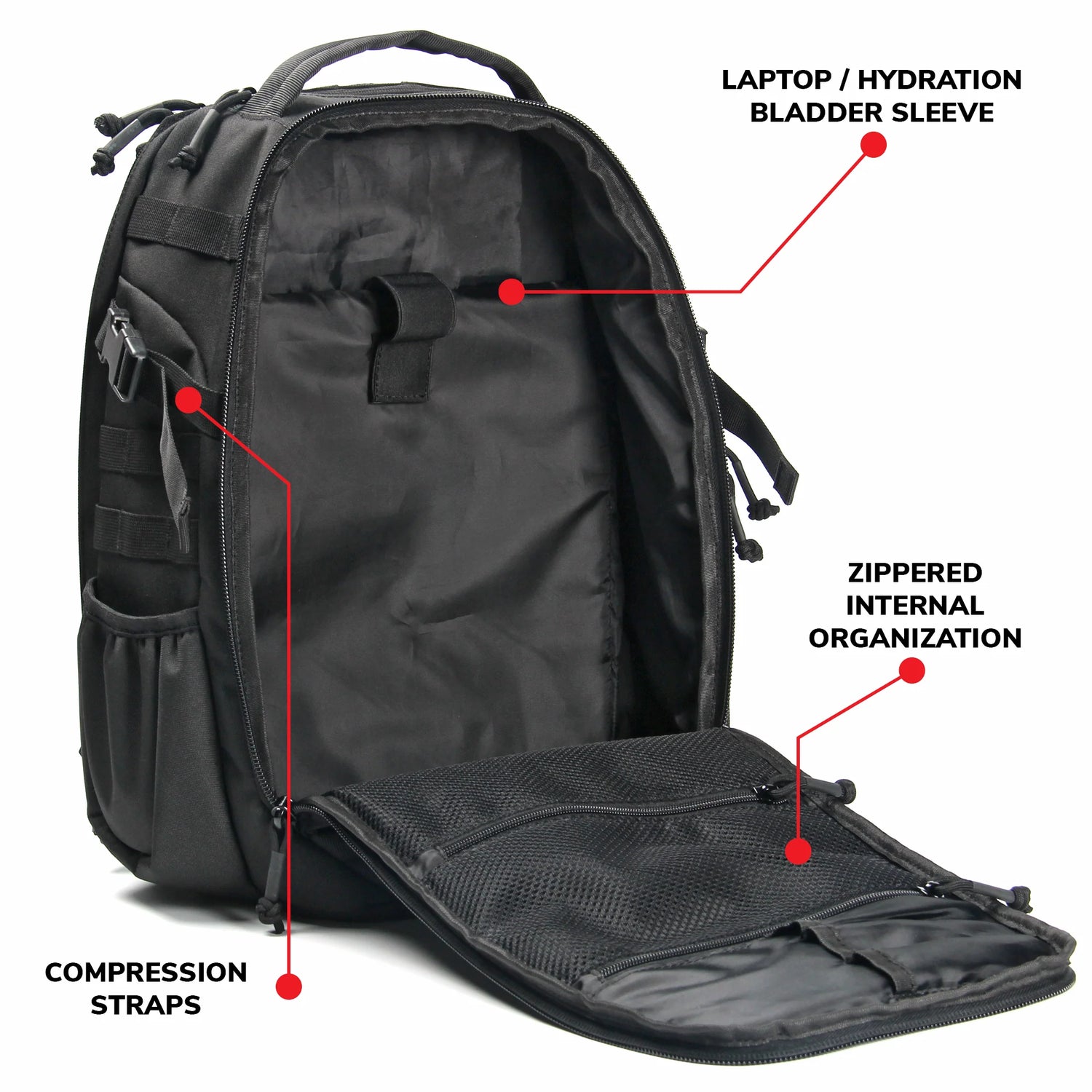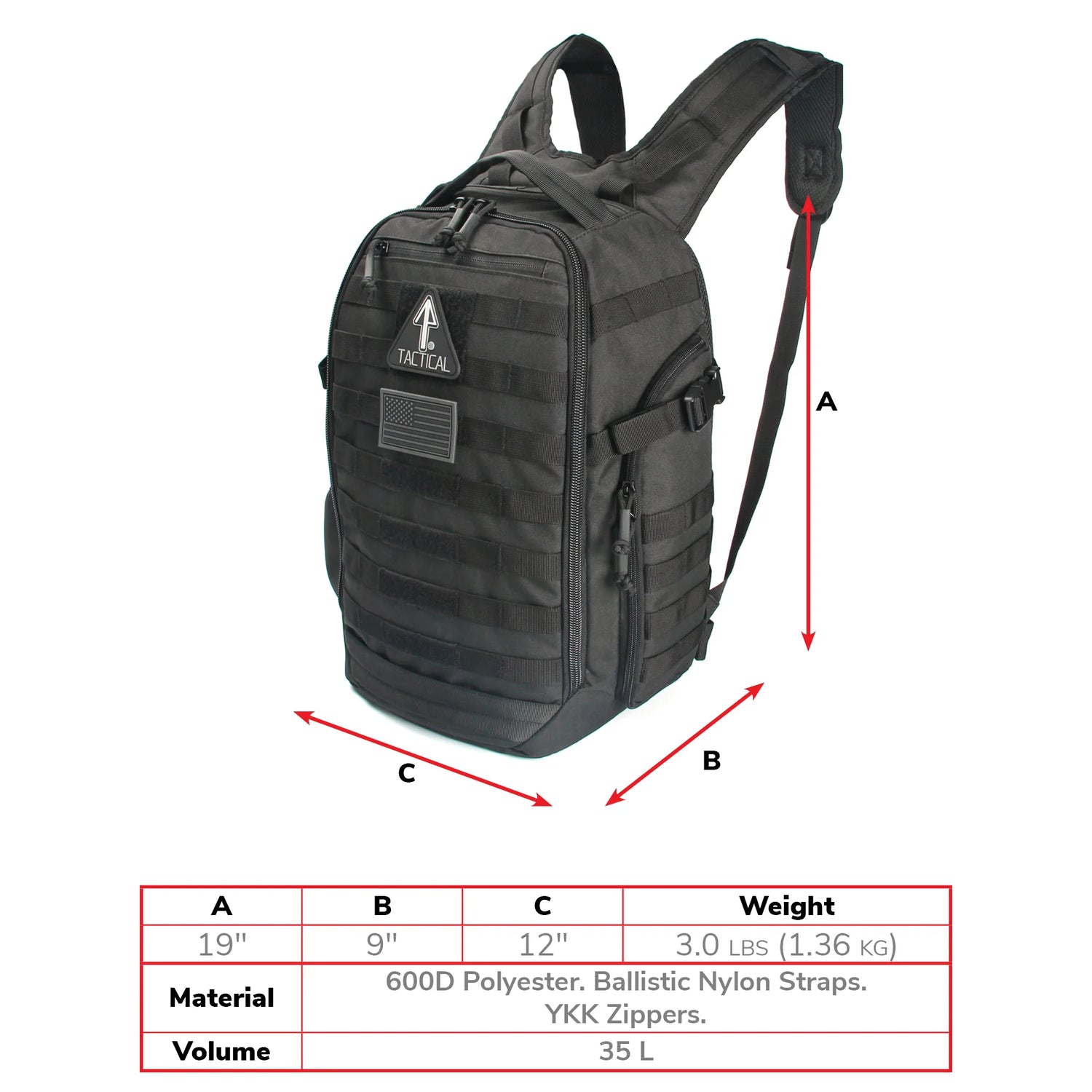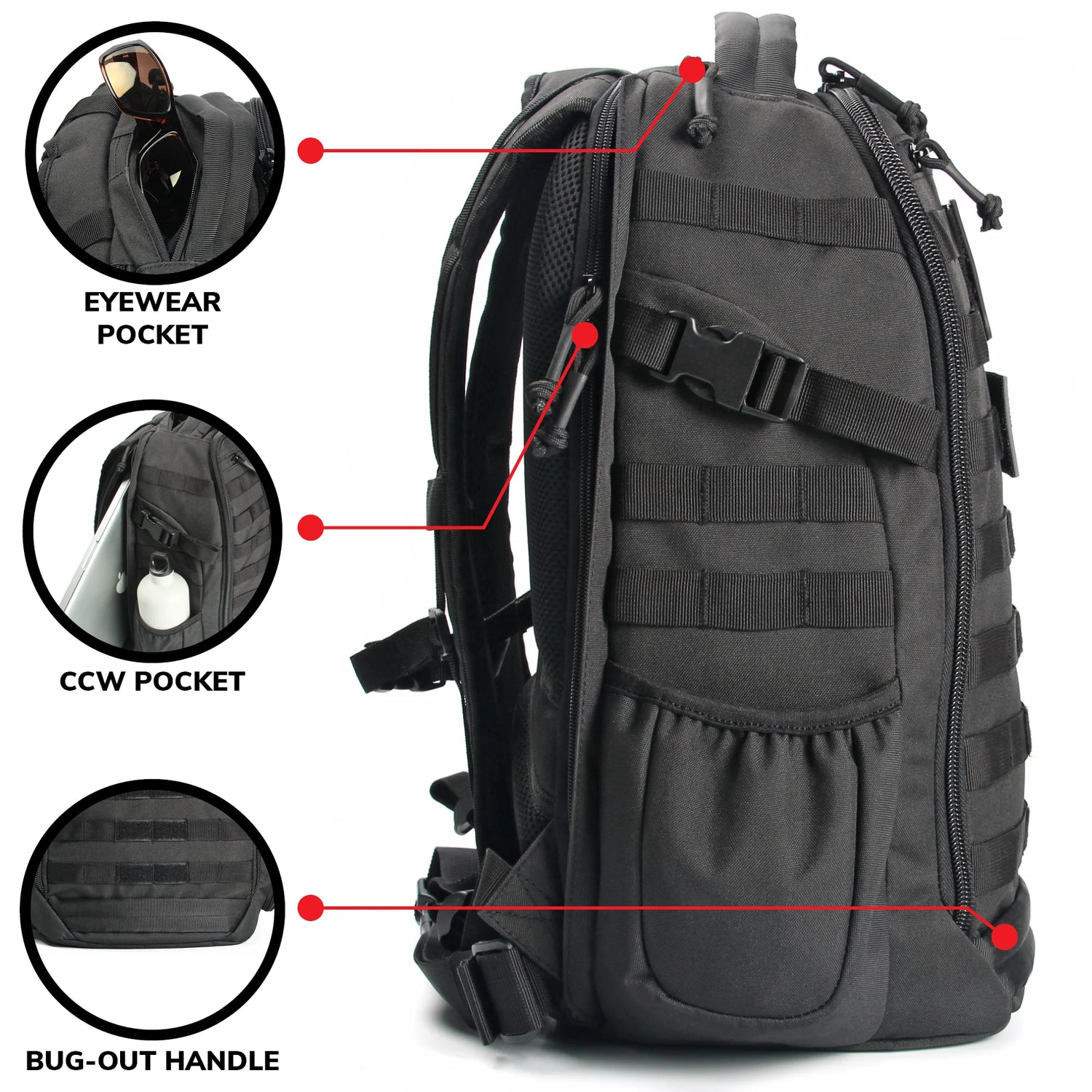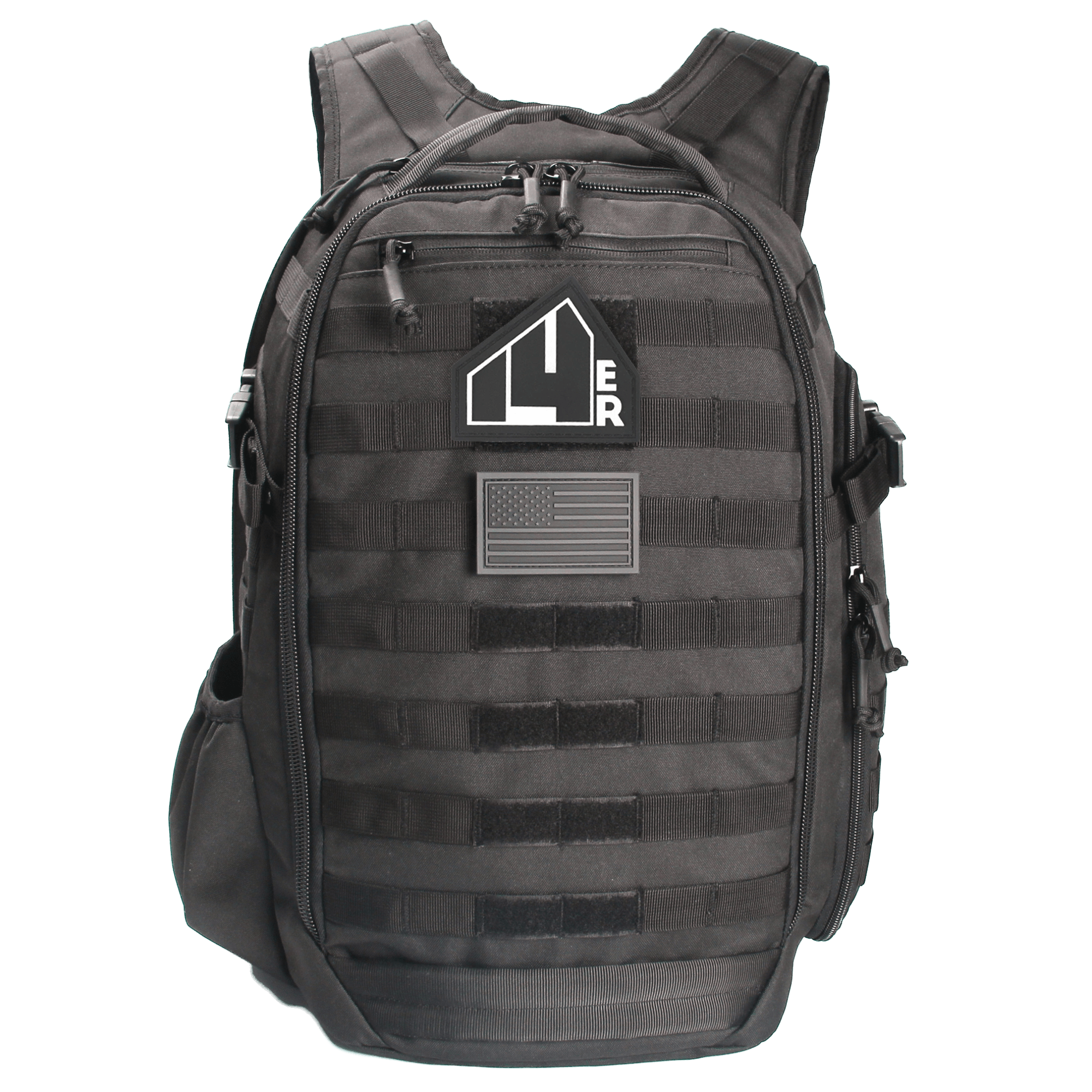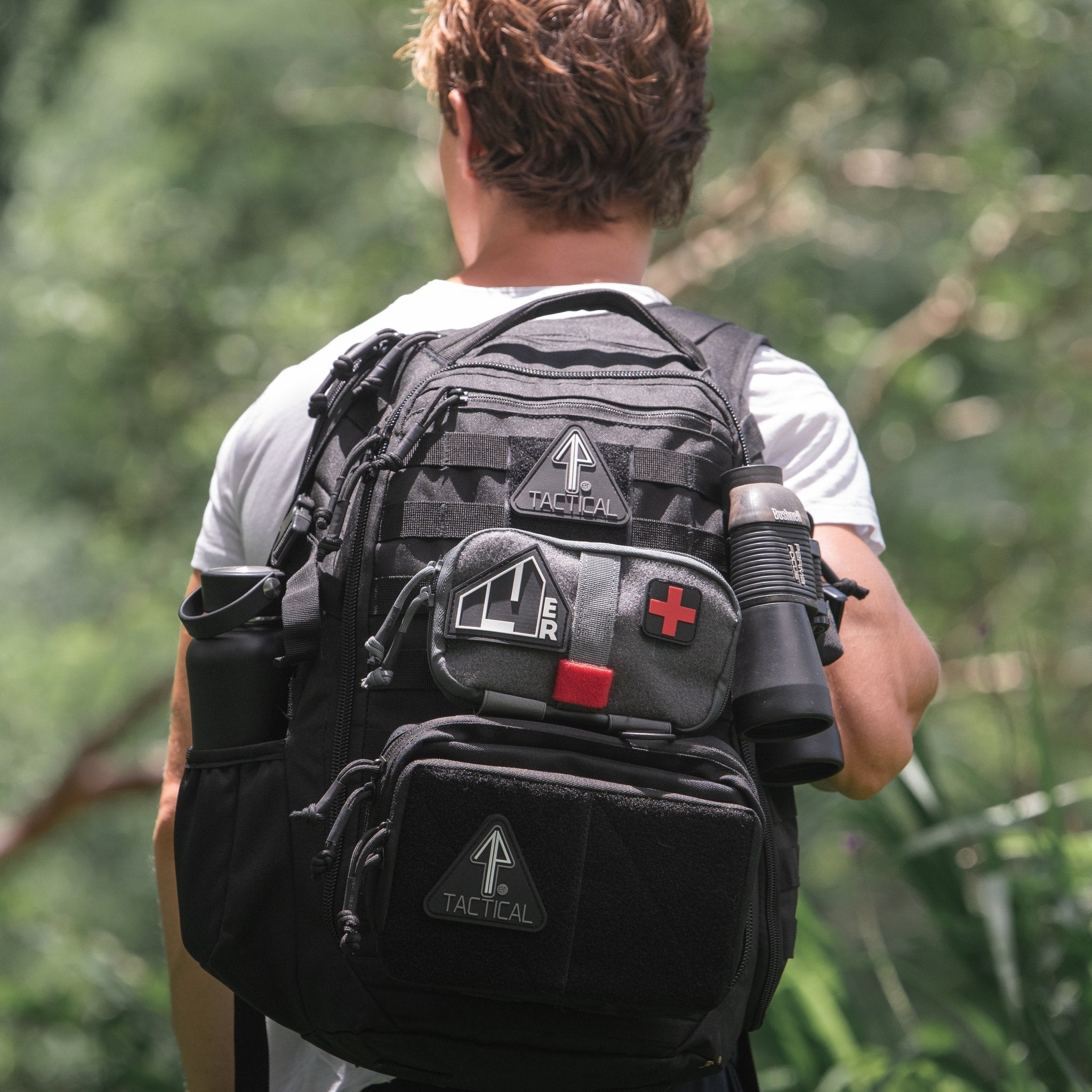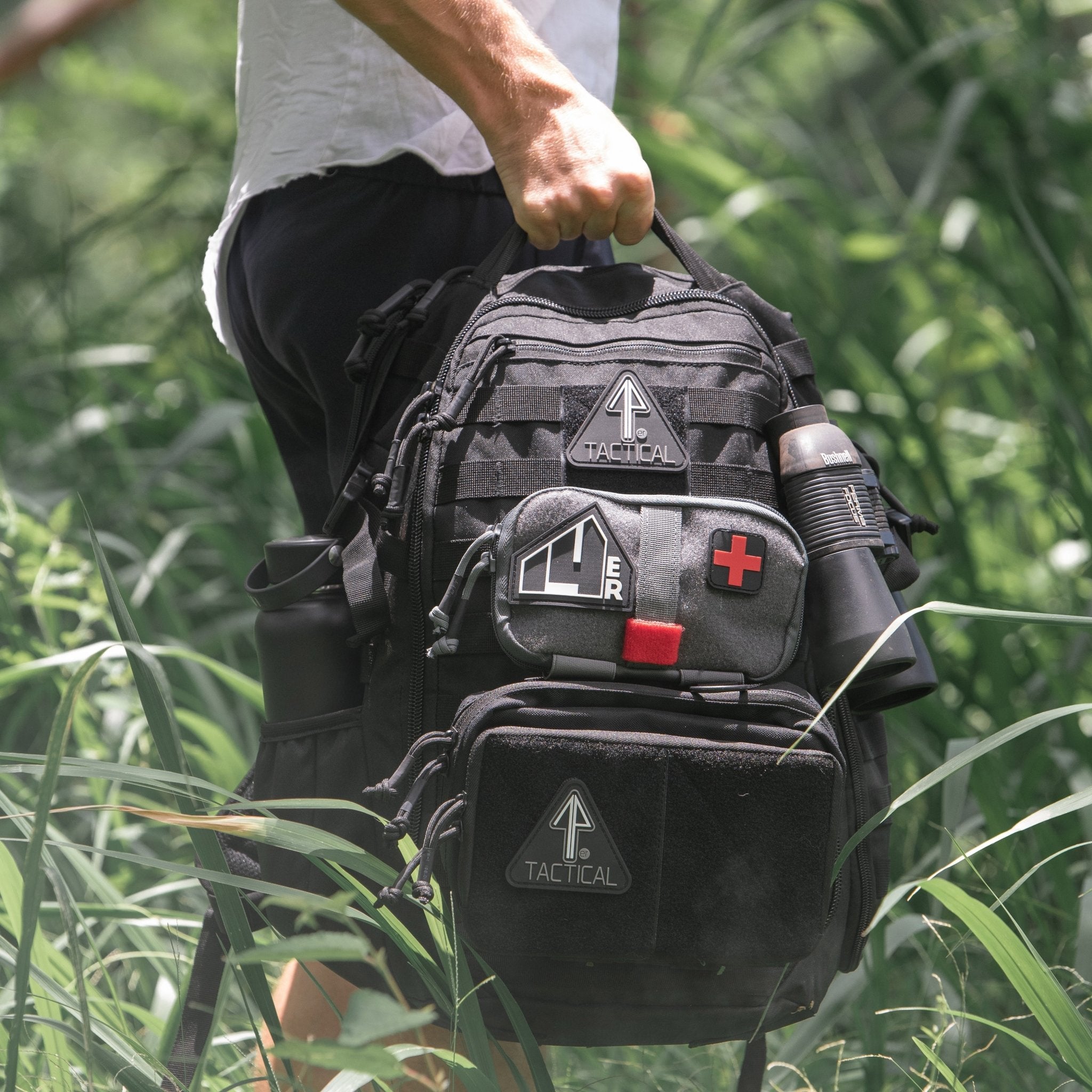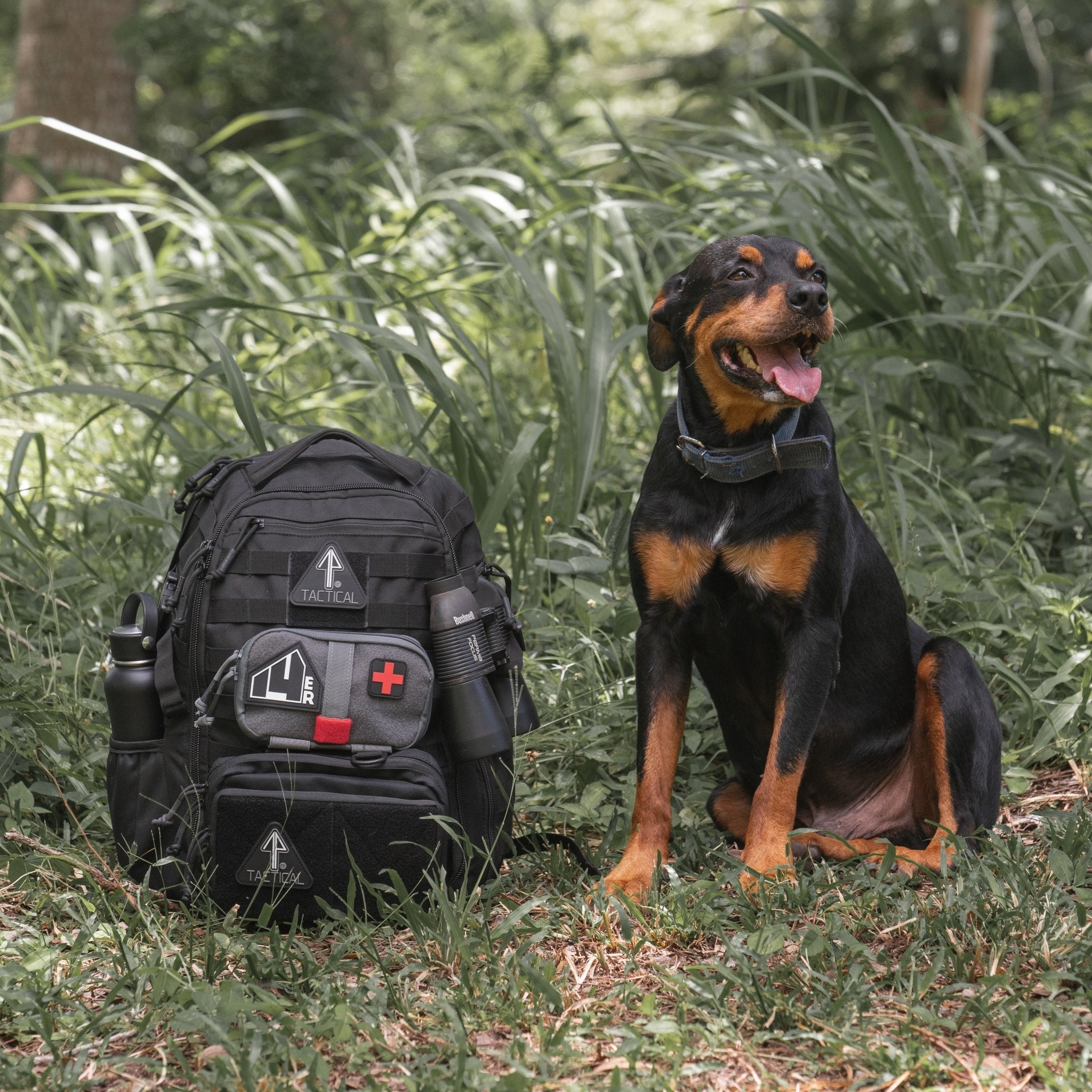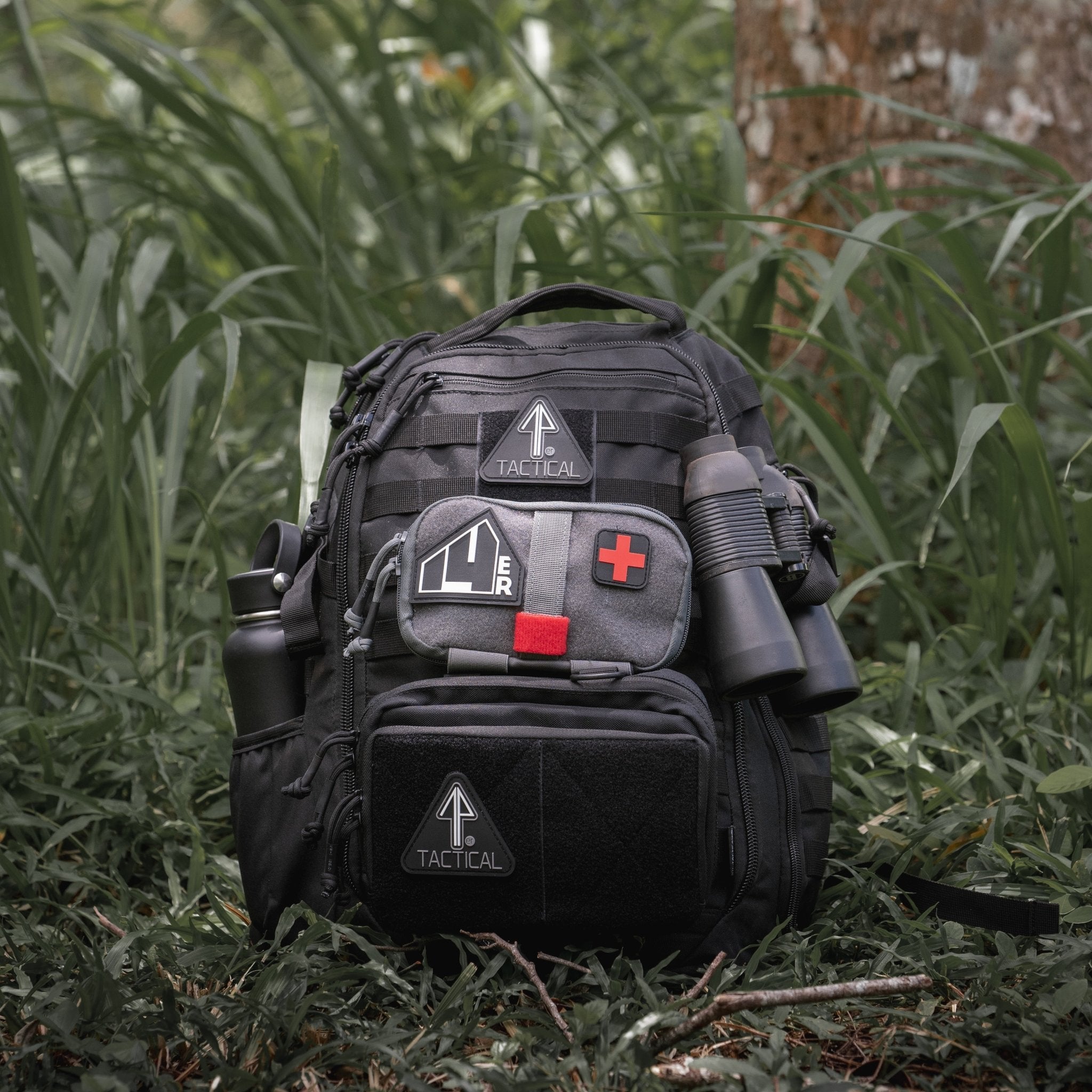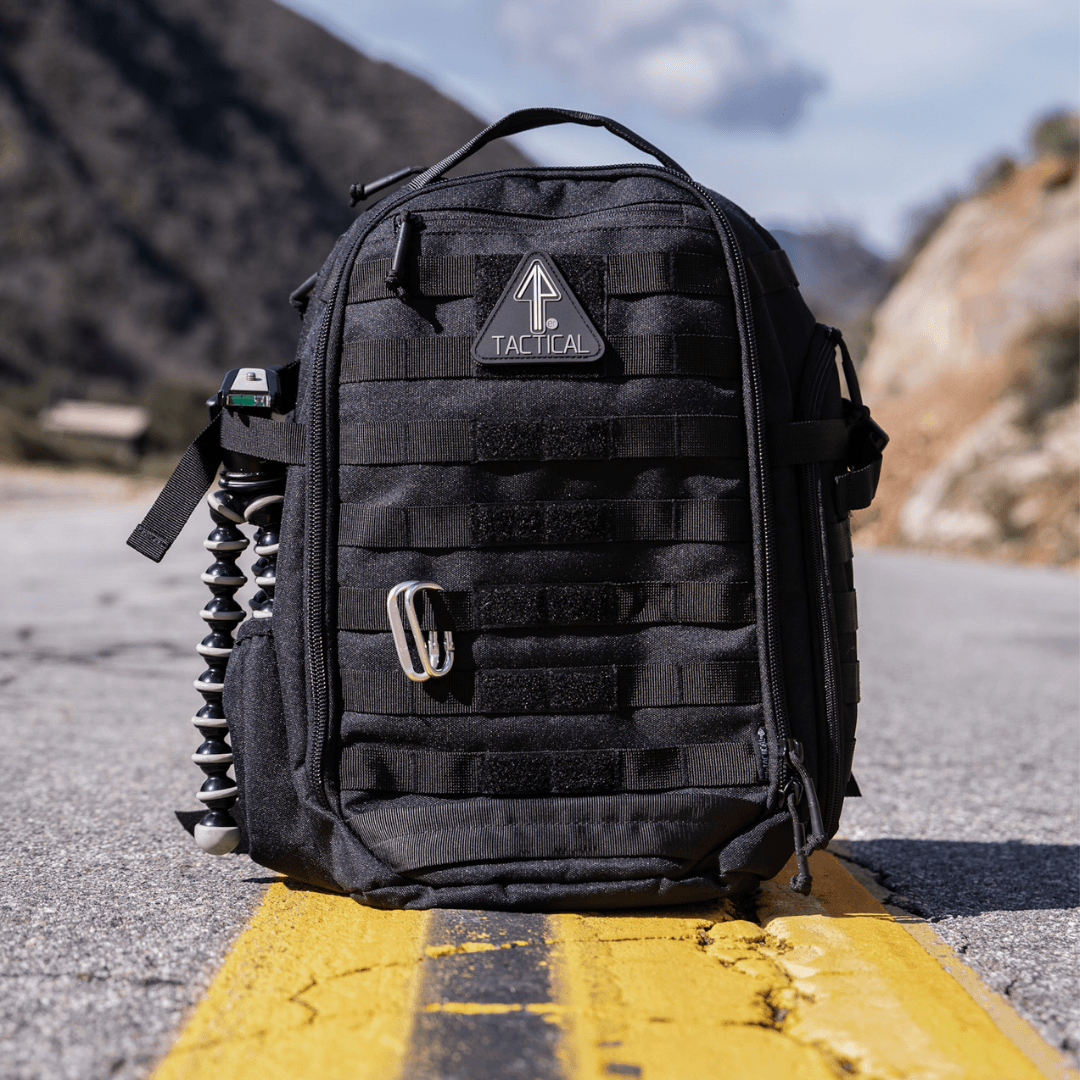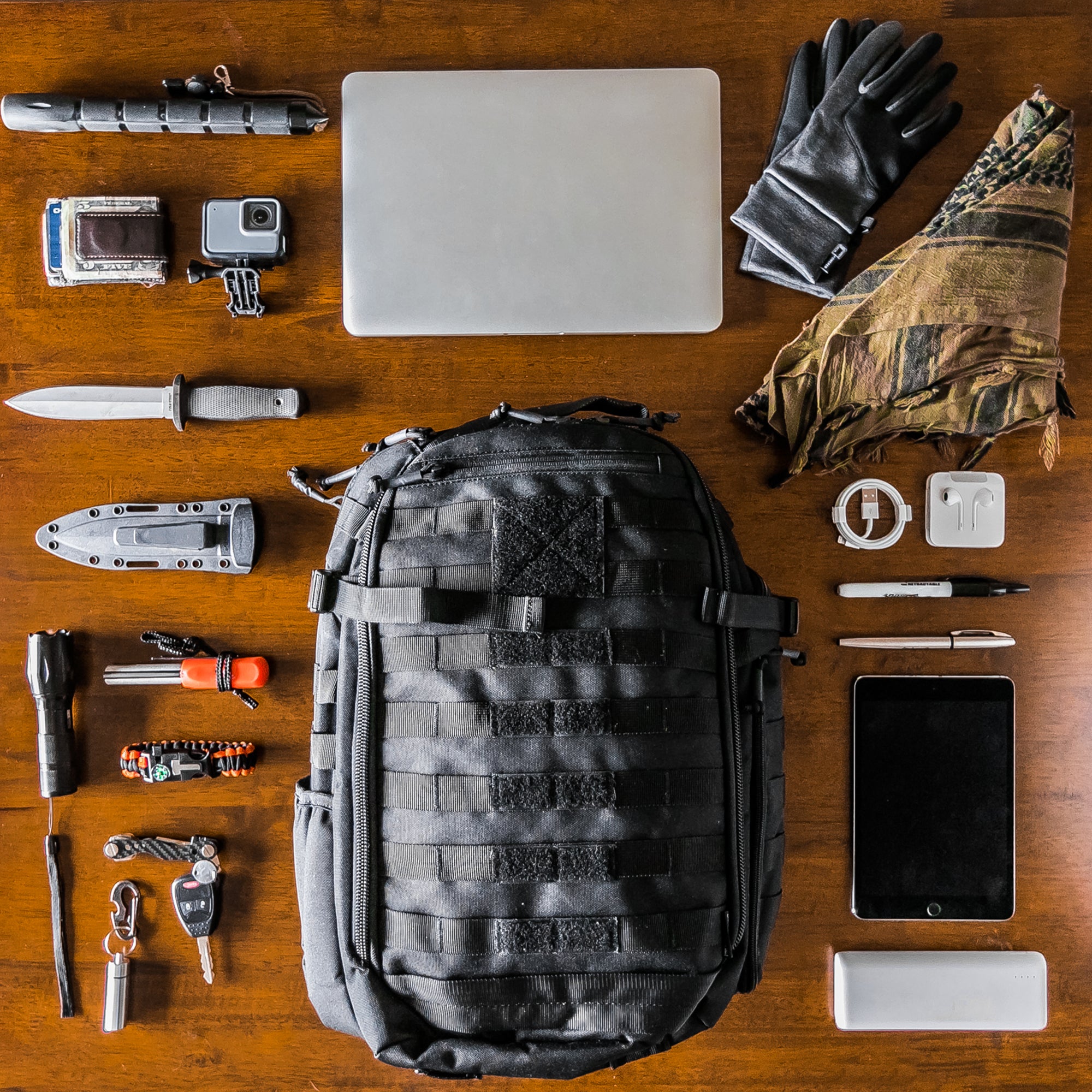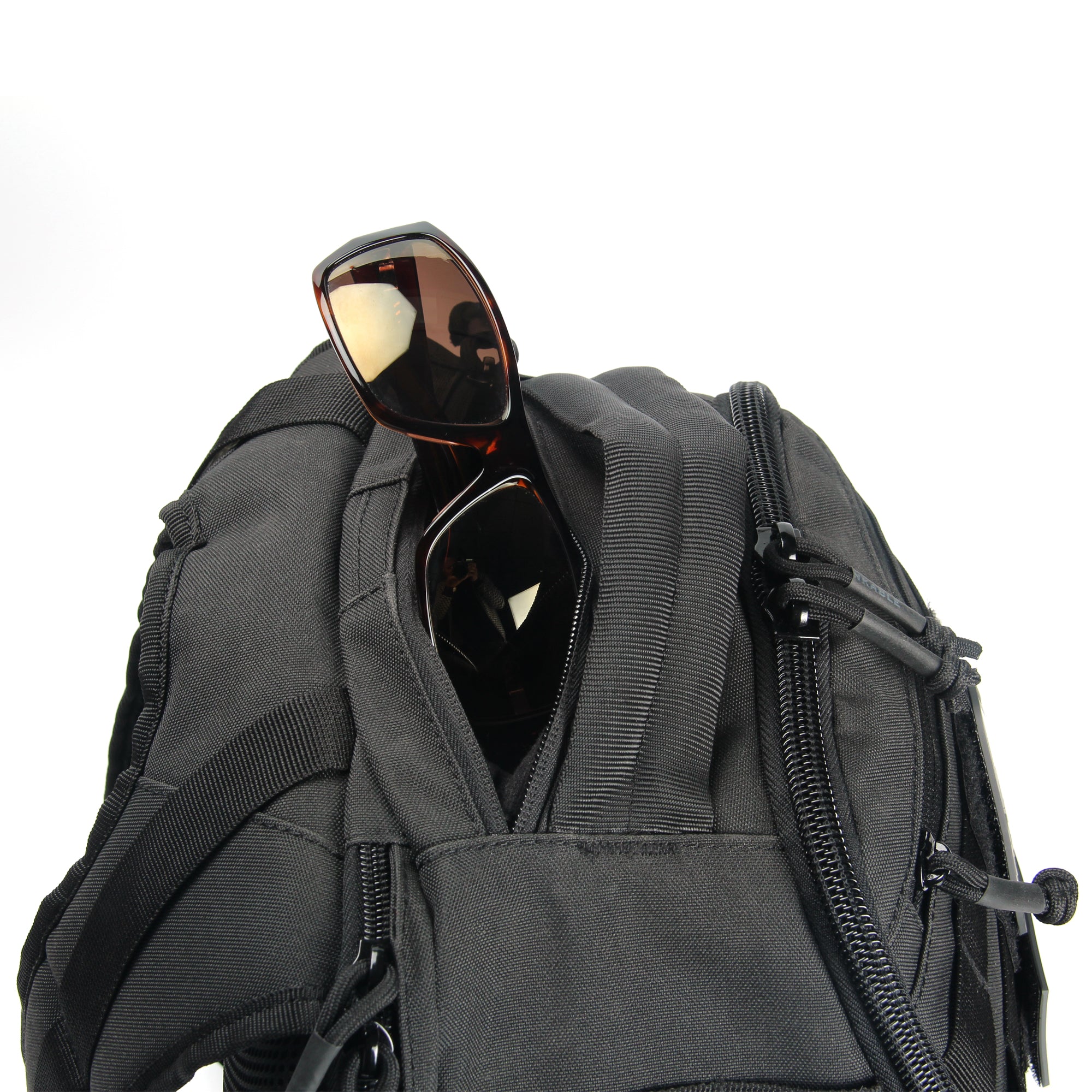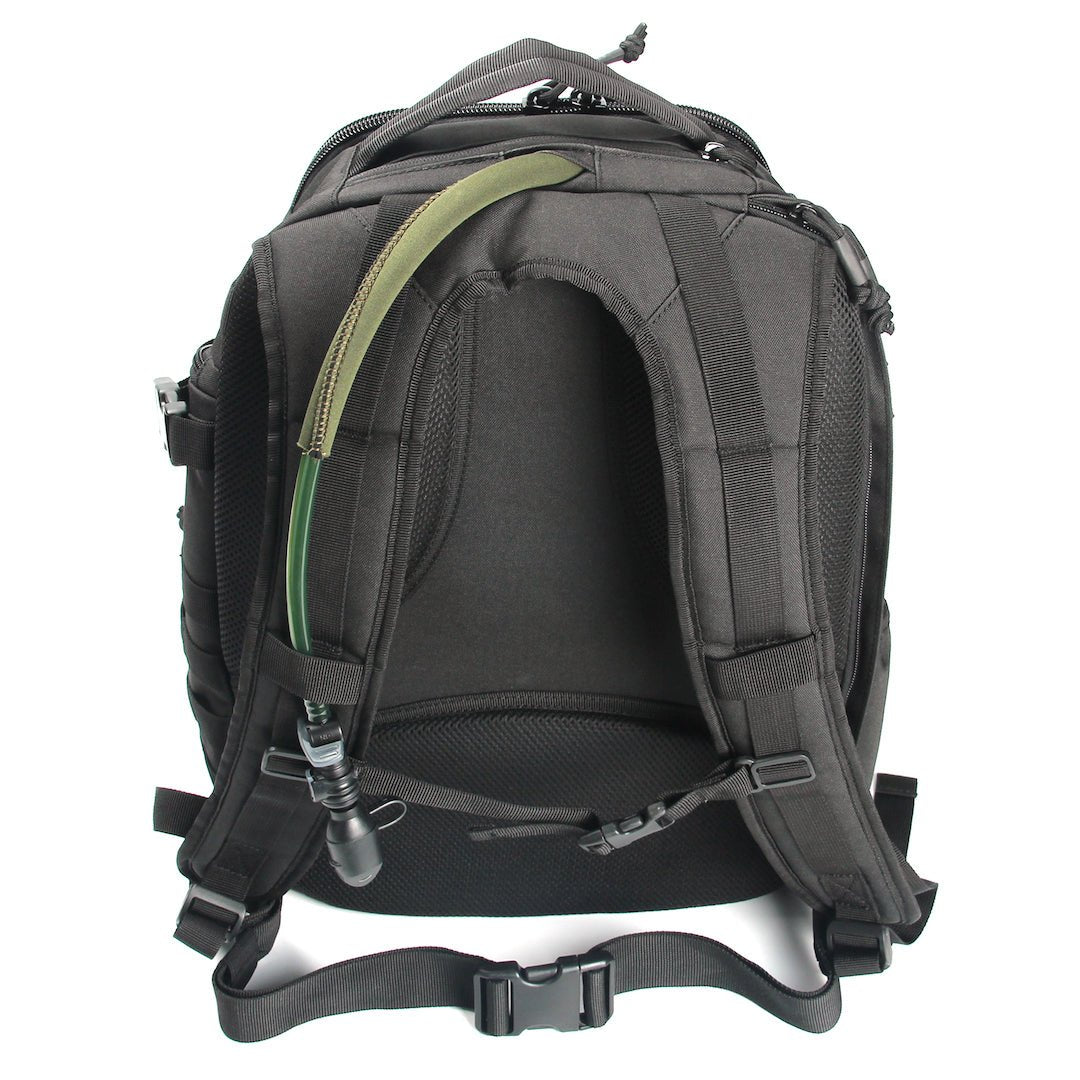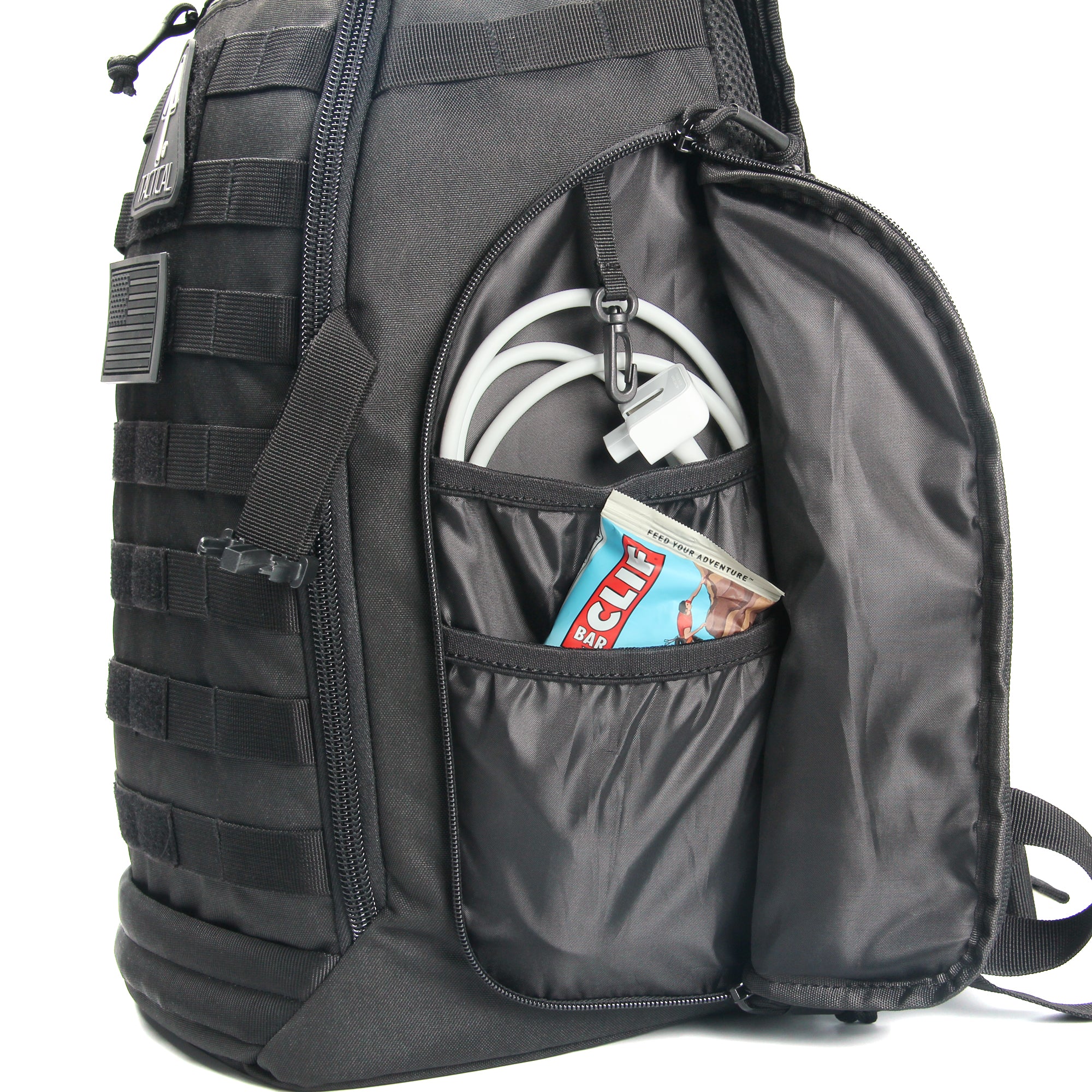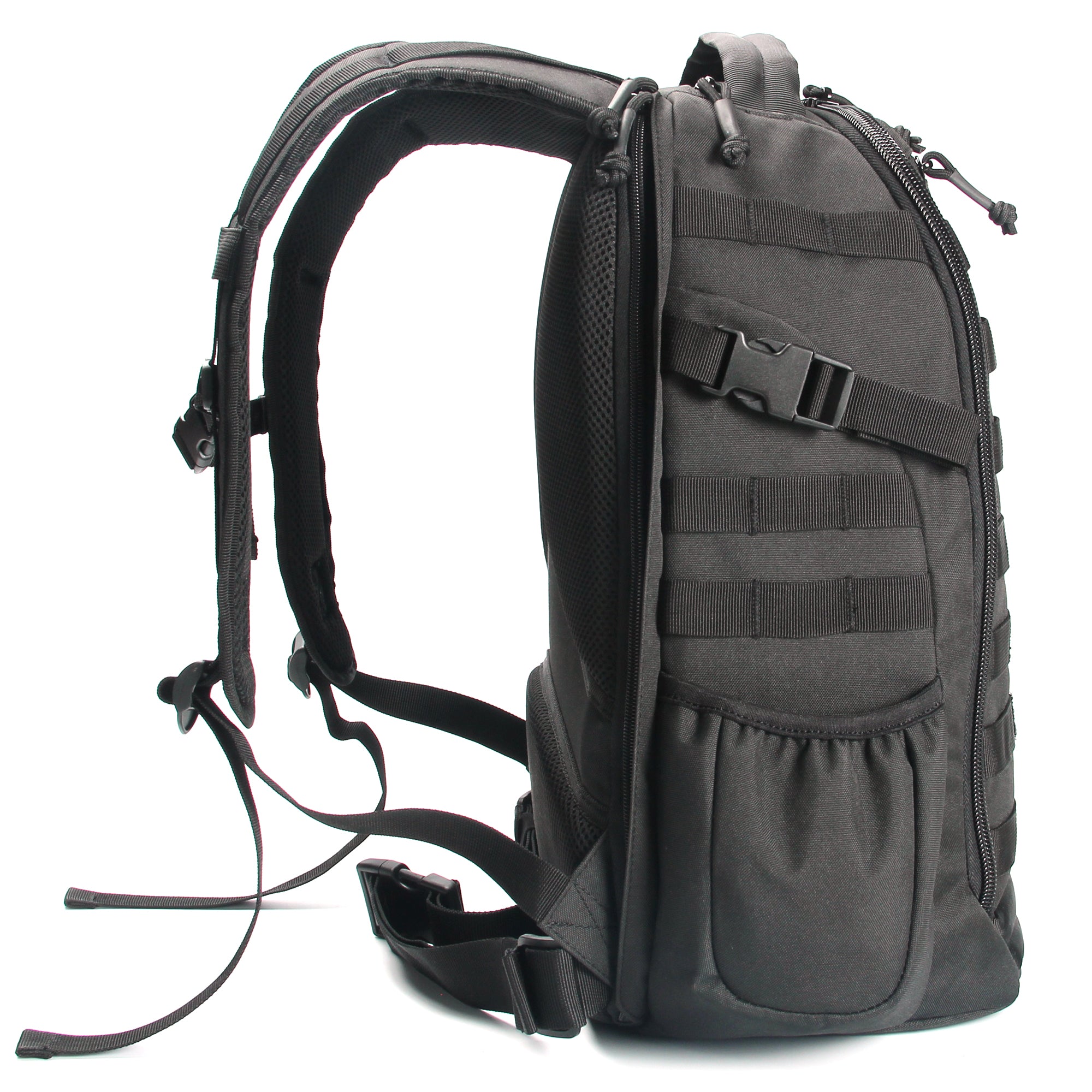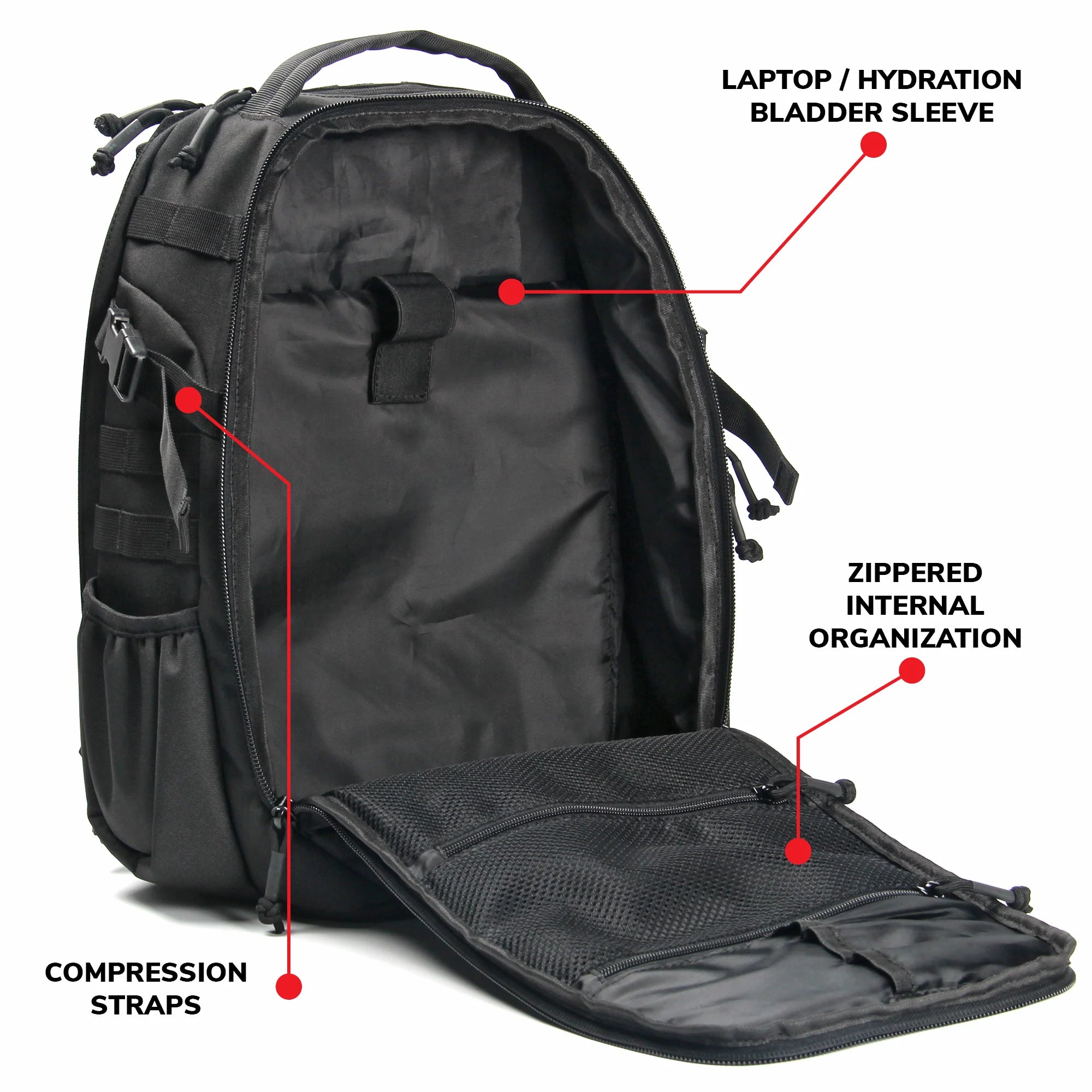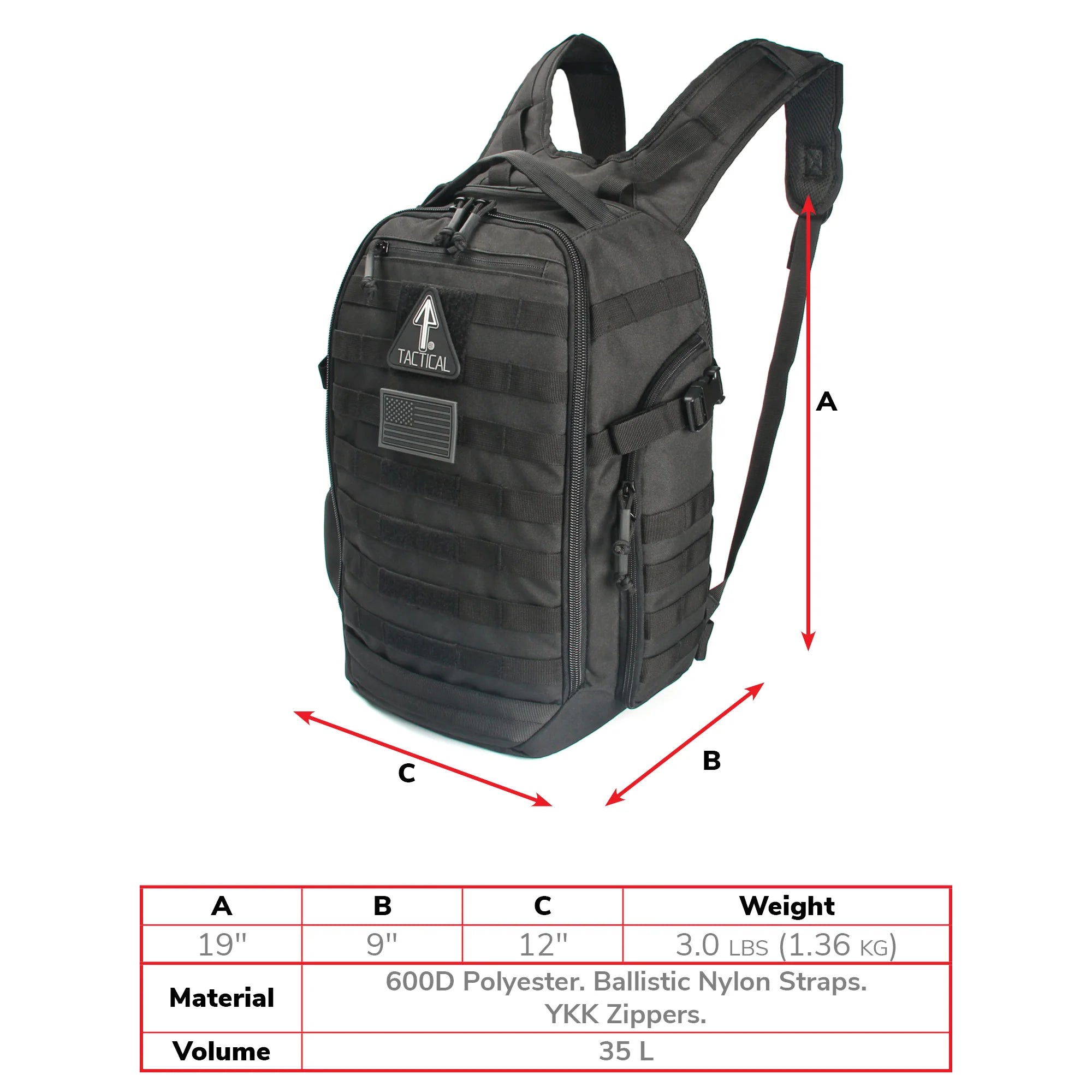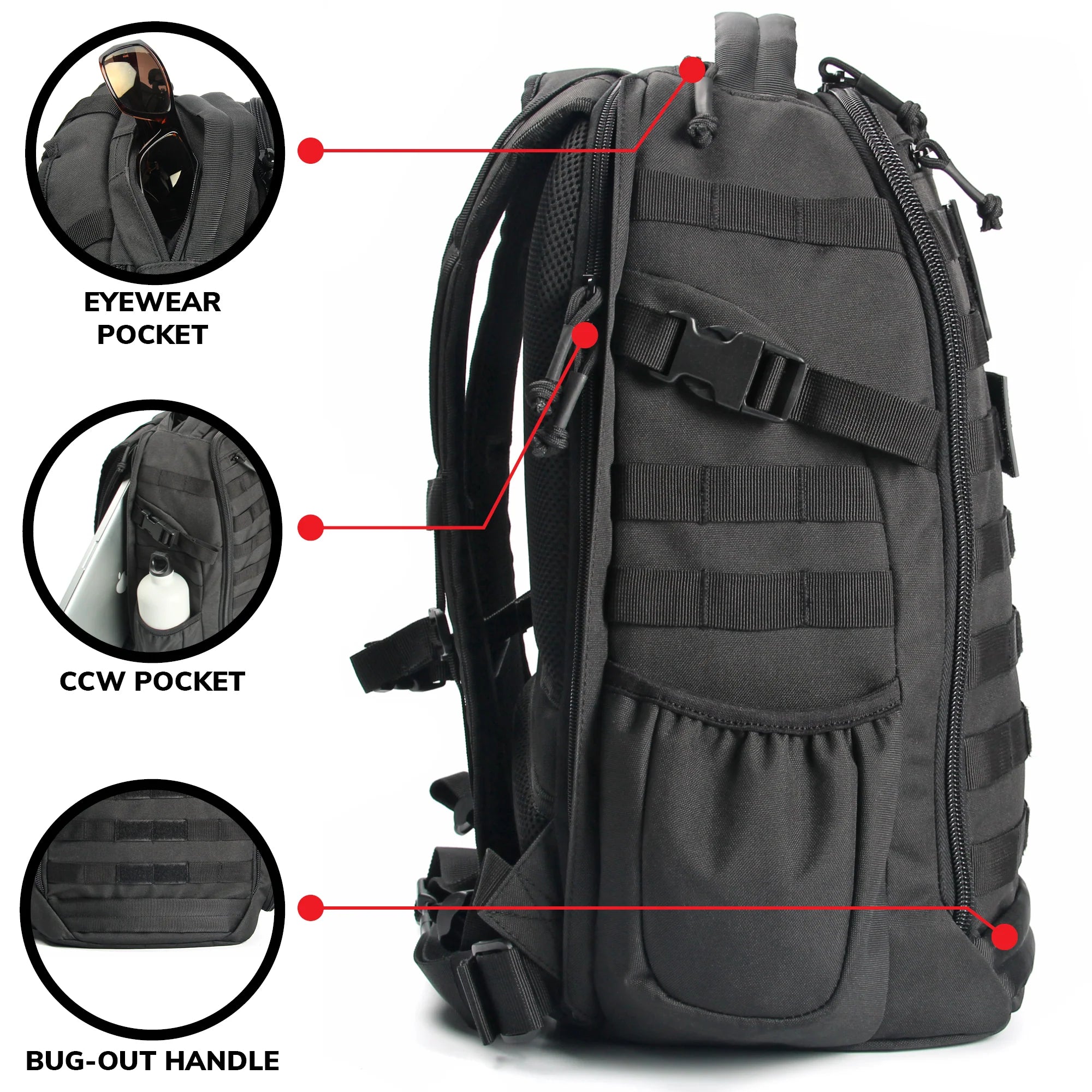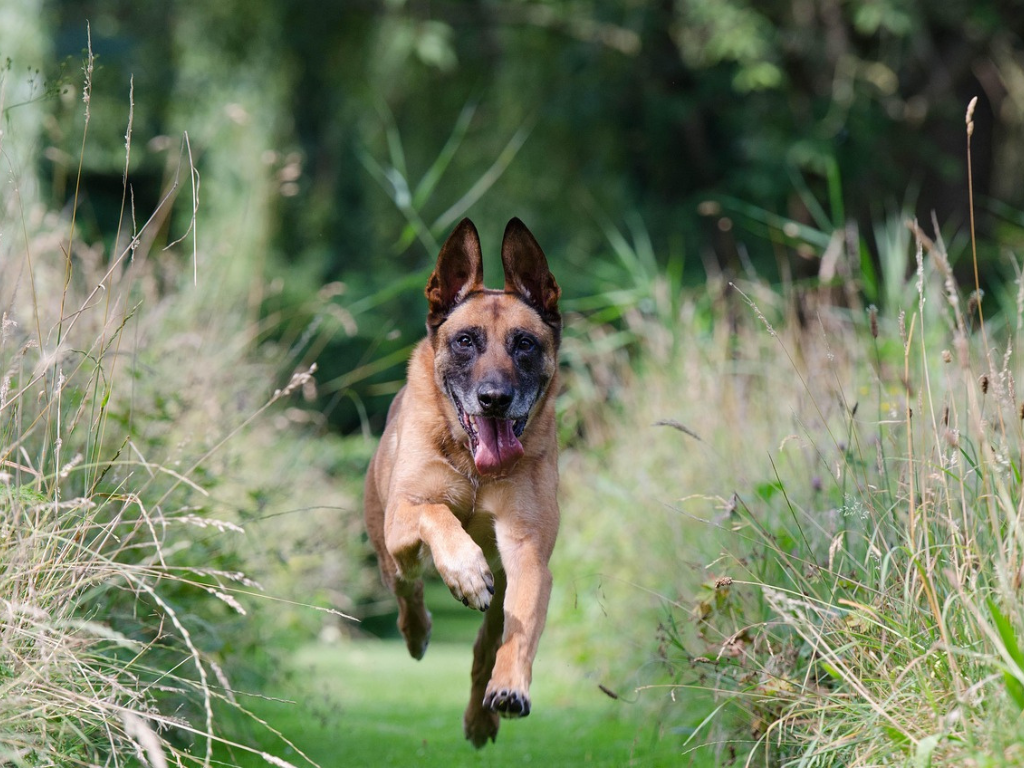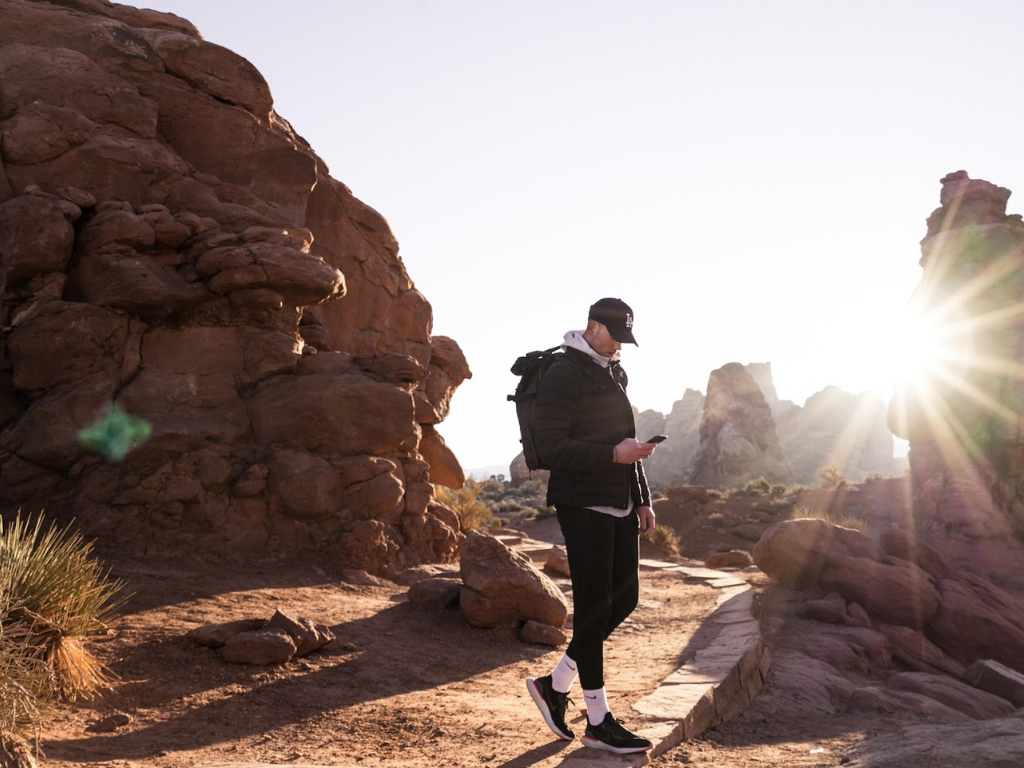
Fitness is for everyone. Young and old, male and female, normie and tactical. Your tactical lifestyle is not the reason to practice fitness. But it wouldn’t feel right if you’re not getting fit—while your soy latte lovin’ colleague keeps hitting the gym.
Of course, once you’ve gott your mind set on planning your fitness regime, you can’t go about it casually. You’ll want to prioritize the tactical training routines which will refine the physical capabilities you’re counting on the most. You’ll need to get the right tactical gear and training equipment for your fitness plan. You’ll even have to set up a tactical nutrition and recovery system.
As your friendly neighborhood tactical advisers, we’ve got some killer tactical fitness tips to share!
5 Reasons Why Tactical Fitness Is Important
You’re equipped with tactical gear for a reason: to support a tactical response in the event of a high-risk situation. But while tactical gear matters a lot, it can only take you so far. You’ve also gotta have the physical capability to deploy and use the gear effectively. Tactical training will equip you with the necessary skills, and physical fitness will support and enhance your execution of those skills.
Let’s break down the major reasons to work on your tactical fitness:
- Greater physical resilience. Survival depends on grit and determination. You’ve gotta have the willpower to push through tough situations. Fitness can grant you a higher level of physical resilience, which can make a big difference.
- Better self-defense capabilities. Physical conflict is one of the dangerous situations you gotta be prepared to face. If you get attacked, you’ve got to be able to defend yourself—or even take the offensive. The more physically fit you are, the more capable you will be in a fight scenario.
- Lower risk of injury. A physically fit body will not easily buckle under strain. You are less likely to suffer a pulled muscle due to intense exertion, for example. You won’t easily get hurt from handling or lifting heavy objects.
- Improved reaction time. A high level of fitness will improve your coordination and reflexes. In a bad situation, you want to be able to act with superior quickness. Whether it means getting the drop on someone or getting out of harm’s way, fast reflexes are the key to tactical effectiveness.
- Greater mental fortitude. Exercise is known to provide a mood boost. Fitness can improve your confidence and self-esteem. It is a great contributer to one’s mental health. That equips you with a positive mindset which can aid you in facing high-stress incidents. When you build for mental toughness in tactical training, you will be able to keep your cool in tense situations, helping you perform the correct tactical response.

Tactical Training Routines: Strength Training for Tactical Activities
Strength, power, agility and endurance are important fitness traits you want to build up through exercise. Strength is generally measured by how much you can lift. While it’s not your goal to become a power lifter, your strength will come in handy when you have to carry equipment, push or pull objects, climb surfaces or maintain a firm hold. Plus you can open those tight jar lids! That’s a top benefit!
You’ve got to place importance on core strength training for tactical activities. Since tactical movement can have high demands on your energy and balance, you want your body to perform at that level. Core fitness will make that possible. For core strength training, you can opt for exercises like planks, crunches, leg raises, stability ball routines, deadlifts, squats and cardio that focuses on the core.
For muscular strength training, you can go for bodyweight excercises and weight training. Bodyweight excercises can include push ups, pull ups and squats. What about tactical gear and training equipment for strength workouts? You can definitely incorporate tactical gear (such as a backpack) in your routines. For example, you can strap on a loaded backpack and perform push ups or squats.
For improved muscle power, you should look into high interval intensity training (HIIT). You can also design a weight training routine that focuses on power. Such a routine would include the clean and jerk, the snatch and medicine ball slams.
Tactical Training Routines: Endurance and Agility Workouts
Physical endurance is vital for a survivalist and tactical practitioner. Bodily endurance doesn’t necessarily come from strength and power. It’s largely dependent on overall health and fitness, particularly cardiovascular health.
Resistance bands perform excellently as tactical gear and training equipment for building bodily endurance. The bands are highly versatile and can be used in varied exercises and in training targeted body areas. A set of resistance bands should come with door anchors, which can be attached to a doorframe. Bands can also be anchored to other immobile structures.
Resistance bands can be used for a number of different core, lower body, upper body and full body exercises. Some exercises that can be done with the bands include bicep curls, lat pulldowns, squats, lateral leg raises, leg presses and rowing exercises.
Endurance is also trained through cardiovascular exercise that doesn’t rely heavily on equipment: running, rucking, cycling, swimming, wall climbing, rowing, hiking, trail running, jumping rope, aerobics and boxing. Rucking is especially good for tactical fitness training as it was originally a type of military troop exercise.
Agility will let you move your body with a high degree of precision, allowing you to execute tactical maneuvers accurately. You can train agility by participating in sports like basketball, volleyball, rugby and martial arts. You can also try doing cone drills, ladder drills and obstacle course training.

Tactical Fitness Tips: Proper Tactical Nutrition and Recovery
A good nutrition plan will help you achieve your fitness goals. A recovery system will keep you from getting an injury, which will help you achieve your goals faster.
Your nutrition plan should include consumption of carbohydrates around 1 or 2 hours before your workout. Complex carbohydrates are preferred. That means whole grain foods, fruits, potatoes, carrots, legumes, leafy vegetables and nuts. Also consume some protein, but not too heavily. A protein shake would be a good option. Or you could go for lean meat, chicken or salmon.
Recovery is essential to maintain good form and a high performance level. Letting your body get over exhausted will prove detrimental to your well being. Ensure that you get adequate calorie intake and hydration following a workout. Plan your diet around getting enough protein—it’s essential for muscle repair and development.
If you are getting muscle knots, try foam rolling or massage therapy. For further relaxation, a warm bath can help you soothe sore muscles. Epsom salt baths are especially therapeutic.
Tactical Fitness Technology and Injury Prevention in Tactical Training
When you’re planning your fitness routines, keep in mind that you need to have proper form in your exercise to achieve the best results. That’s one reason why many folks get a fitness trainer to assist them with their workouts. But if you don’t want to hire a trainer, you can get effective instruction via audio training guides.
Audio coaching apps like Peloton and Aaptiv can be installed on your phone. Then pop in your earphones and let the audio guide you through your workout. For more effective exercise, also watch online videos that can show you the correct form to follow. You can also use a fitness tracker to monitor your progress. And you can find specialized apps that will guide you in weight training and interval training.
Injury prevention in tactical training is all about listening to your body. Excessive strain and over exhaustion are big indicators. That’s your body telling you to slow down, perhaps take a break. You’ll also want to be using protective tactical gear and training equipment.
If you’re doing rugged outdoor activities like rucking or obstacle course training, you’ll want a good pair of tactical pants. That will protect your lower body as you exercise on a harsh course or terrain.

Tactical Fitness Success Stories
We’ve heard a number of inspiring success stories from people in the tactical community over the years. We’d like to share a number of these tactical fitness success stories with you:
- Gordon had been an overweight kid and struggled with his weight well into his teens. He started to exercise with the goal of becoming fit enough to enter the military. He focused on weight loss and building endurance as priority goals. In a year, he managed to shed the weight and develop great physical and mental toughness in tactical training.
- Alex’s experience involved being chronically underweight and lacking strength and endurance. Alex took the time to come up with a tactical nutrition plan to build a stronger body and maintain a higher energy level. This approach, combined with strength training for tactical activities, produced incredible results!
- Jaime was a reasonably fit man who enjoyed golfing. Chronic back pain caused him to become more sedentary, which also led to mood swings and depression. With the encouragement of his family, Jaime cautiously took up exercise again with the aid of tactical fitness technology: a Fitbit to monitor his health, fitness apps to plan his routines, a running app to track his steps and plan routes, and Aaptiv to provide audio coaching. While he’s not yet as fit as he wishes to be, Jaime is already experiencing the benefits of tactical fitness training: greatly improved mood and morale.
Getting ready for your own health and fitness journey? Check out these guide on the 14er Tactical Resources Blog. They’ll get you to a fine running start!
What is Rucking and Why It's a Game-Changer for Fitness Enthusiasts
The Mental Benefits of Hiking: Trek Your Way to a Healthier Mind
Tactical Training Tips: Preparing for the Unexpected


